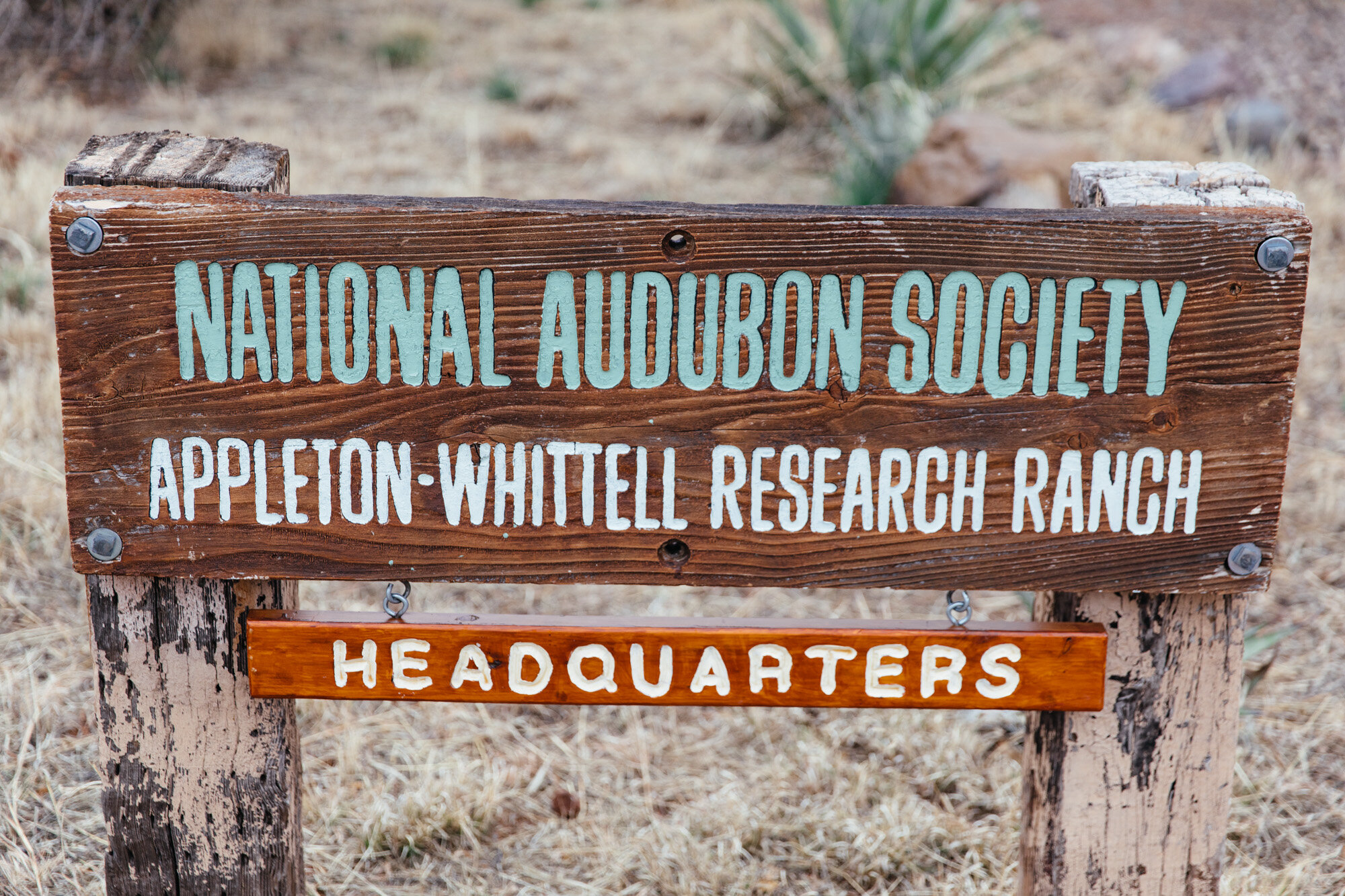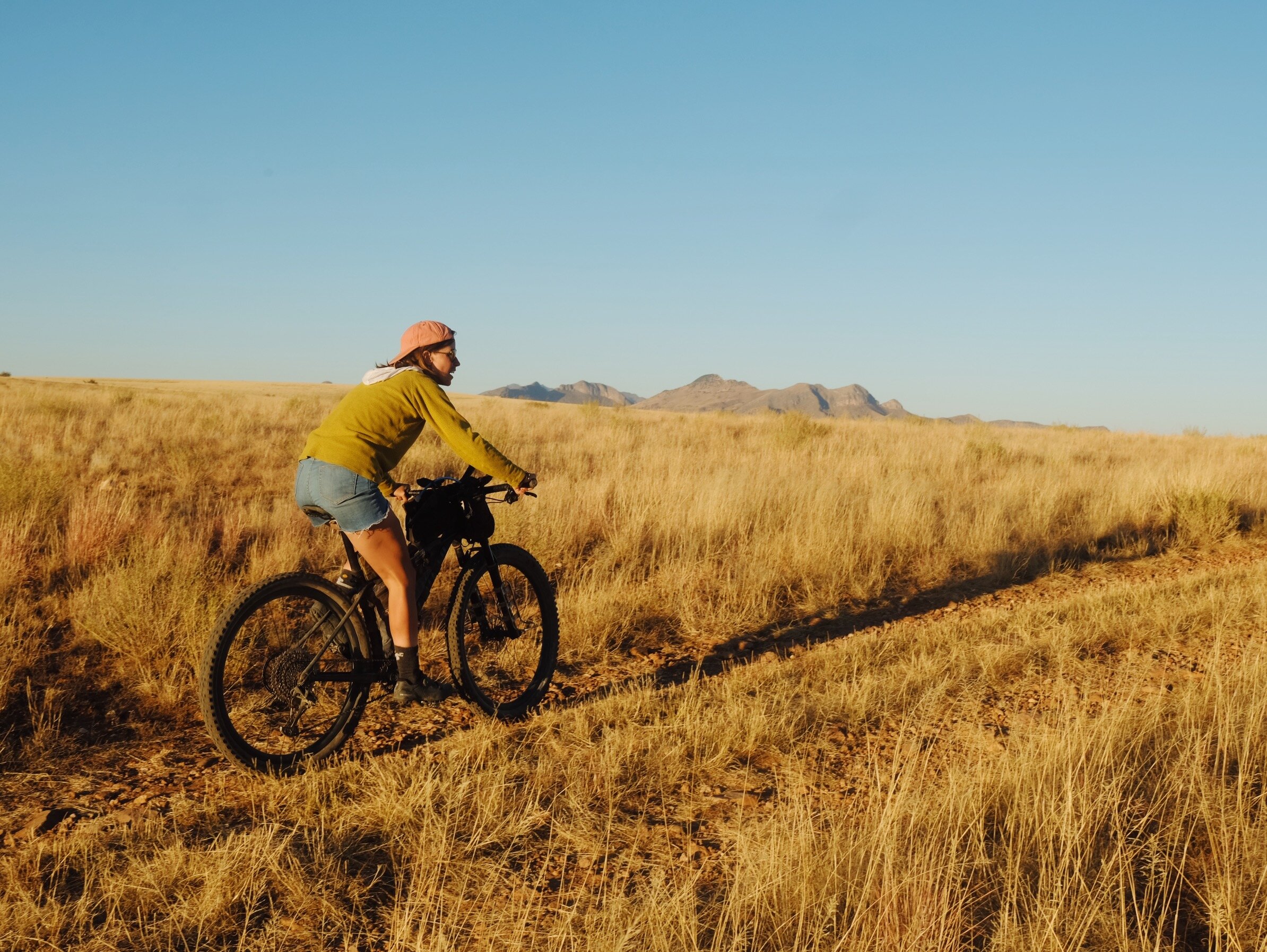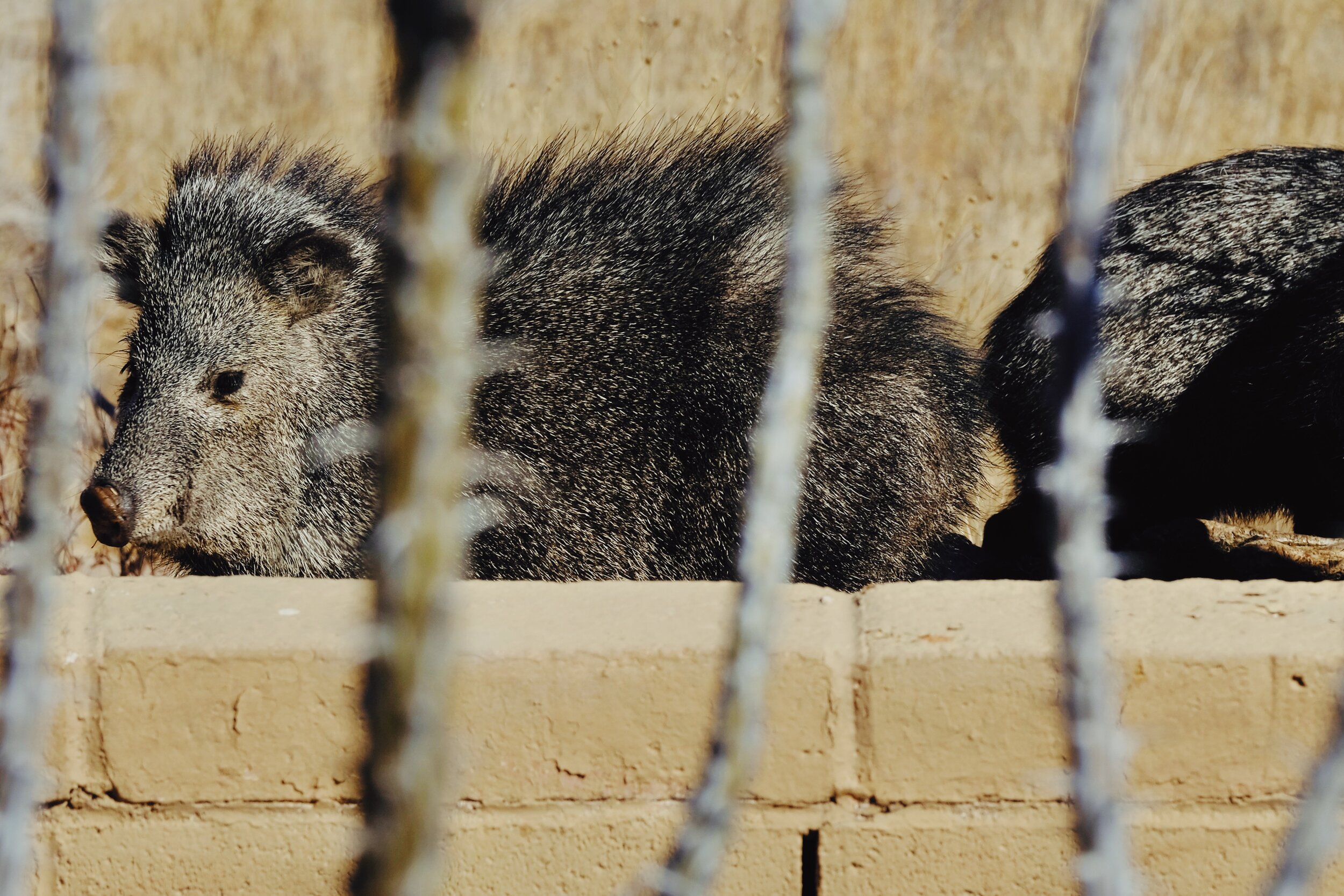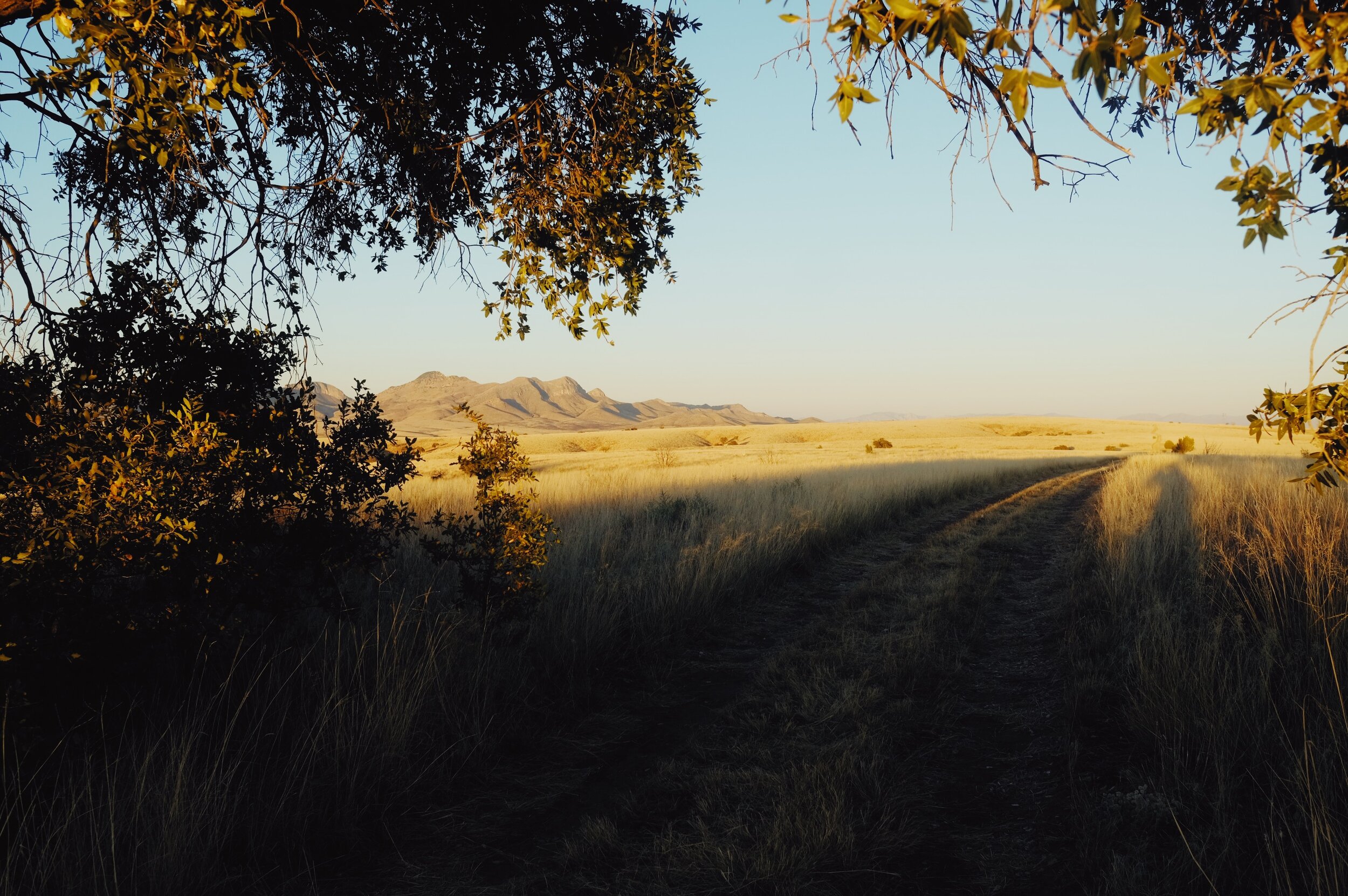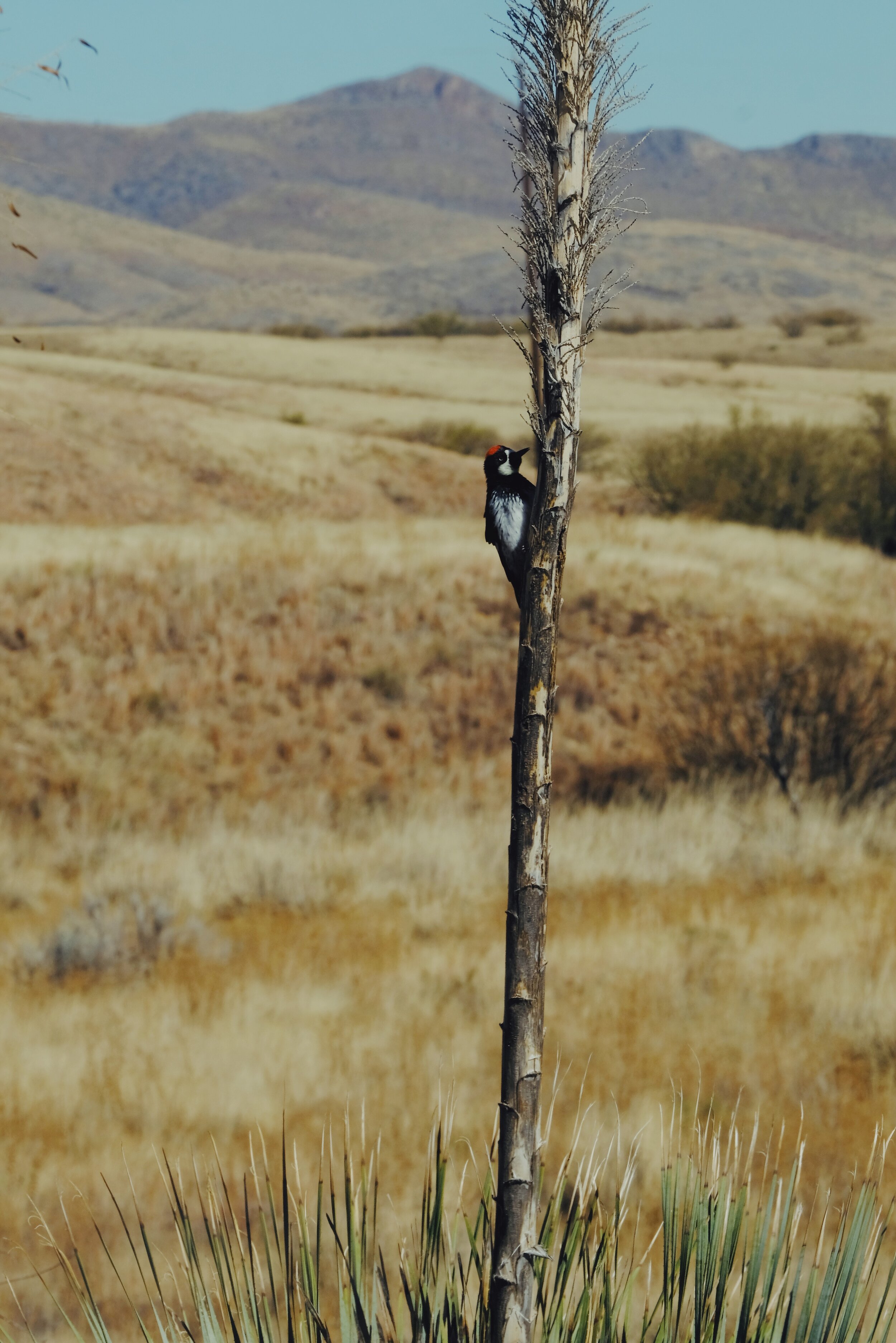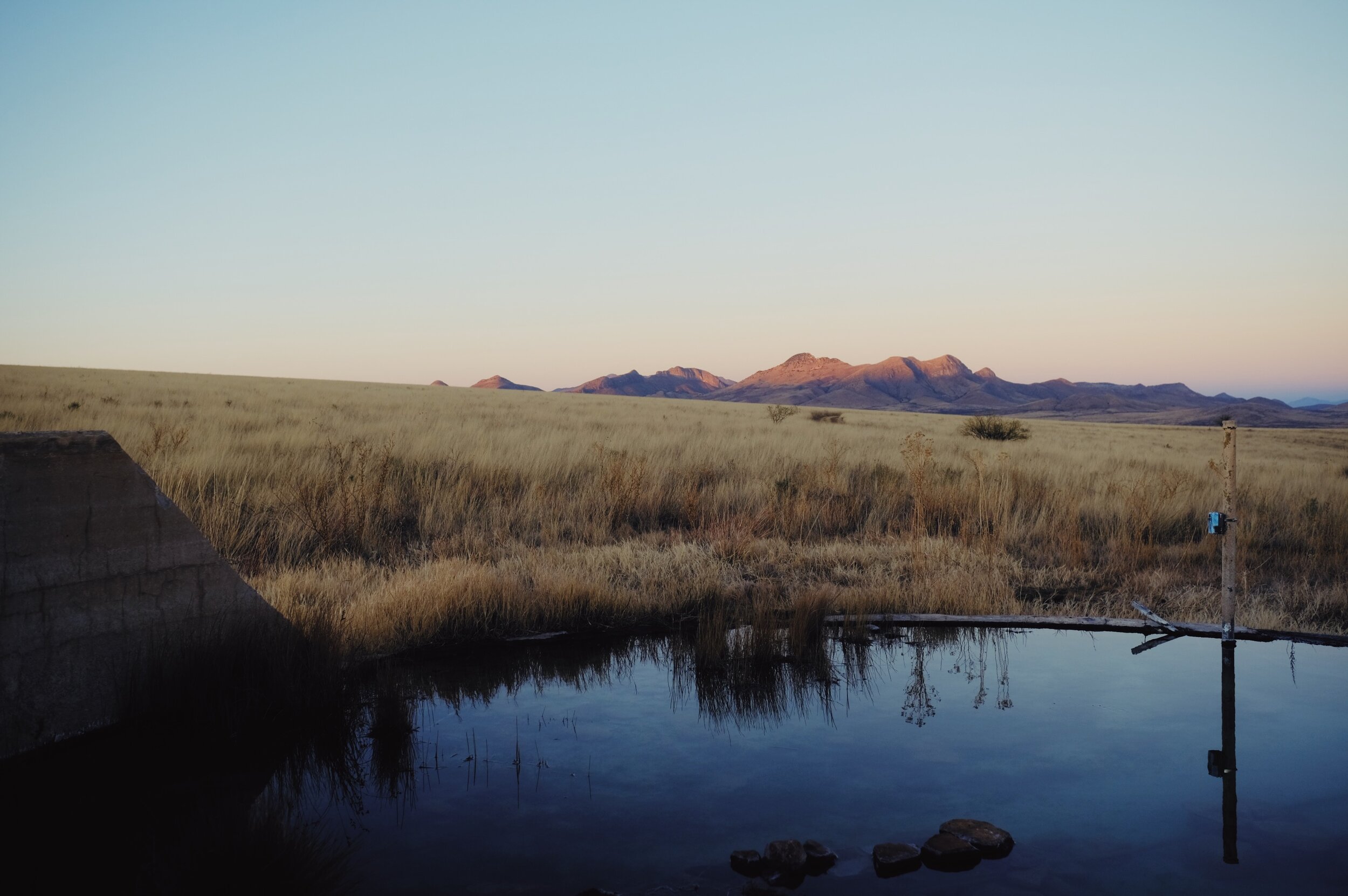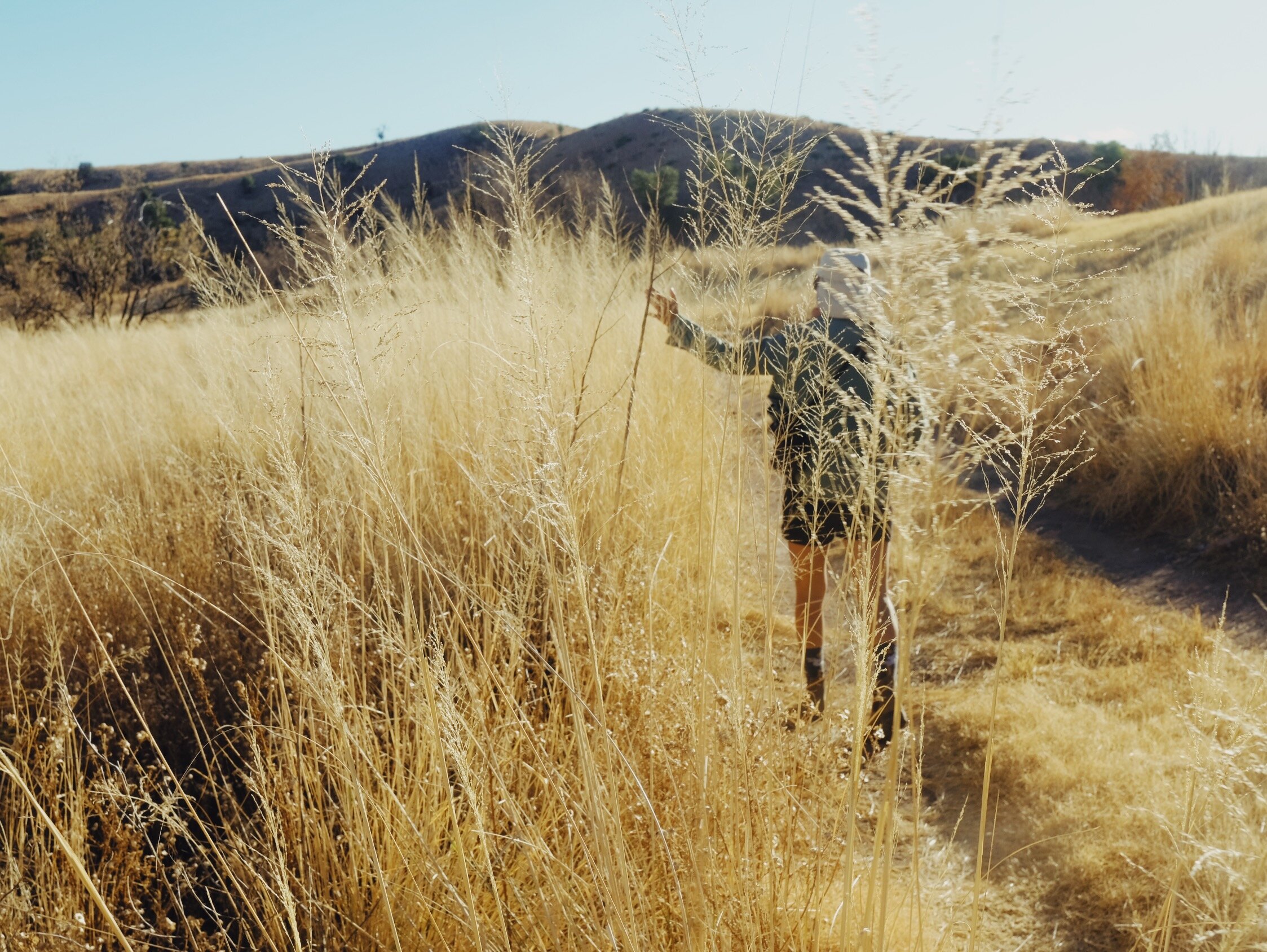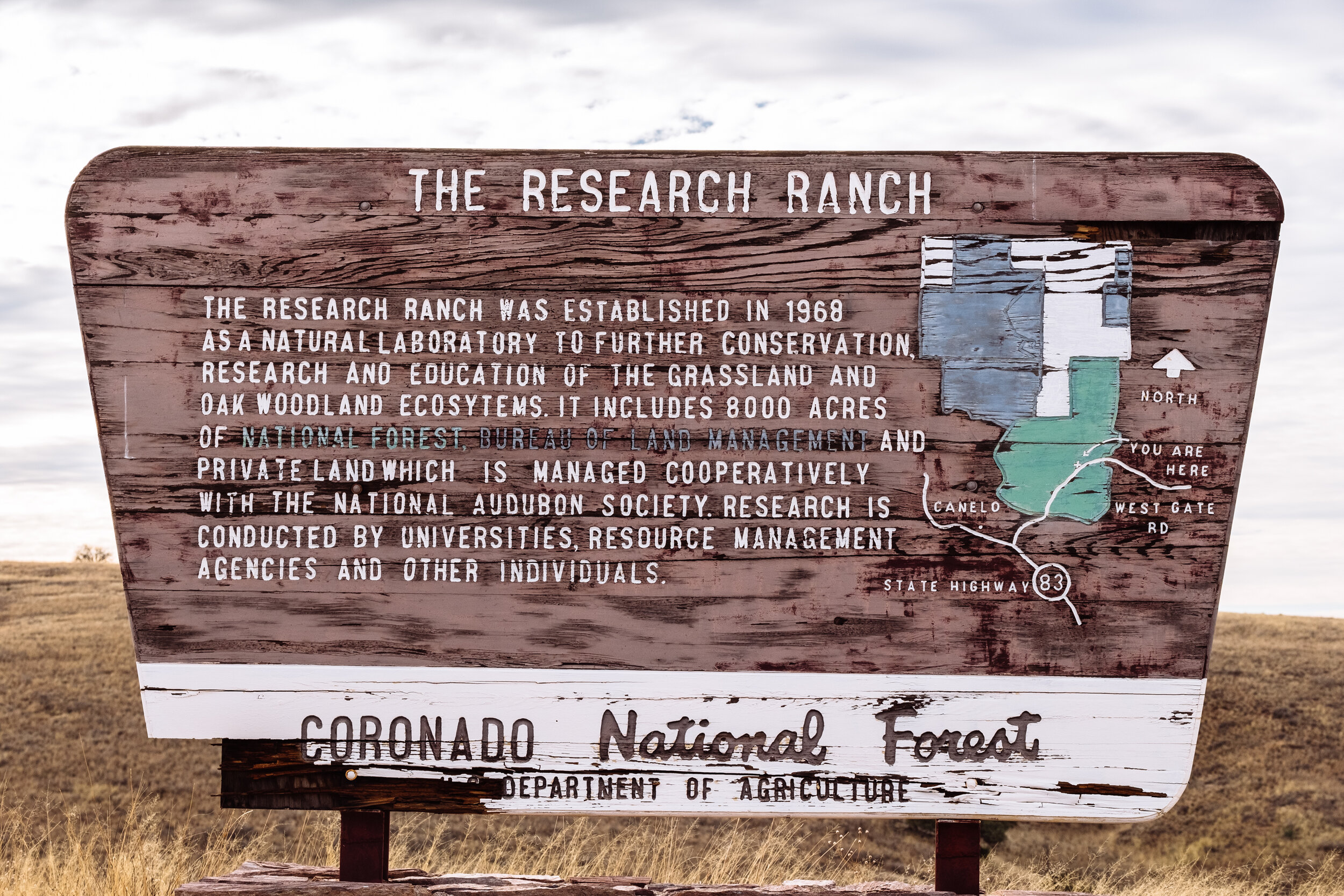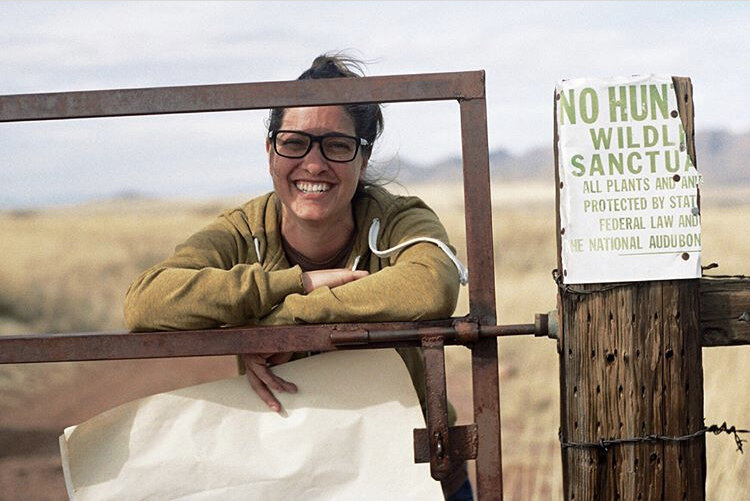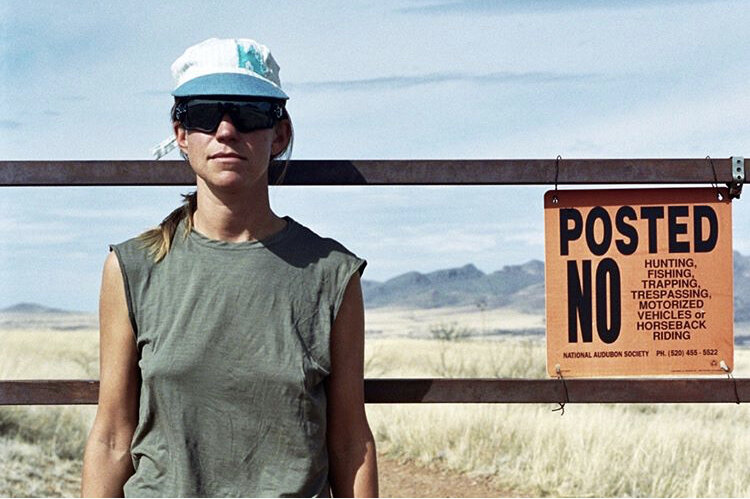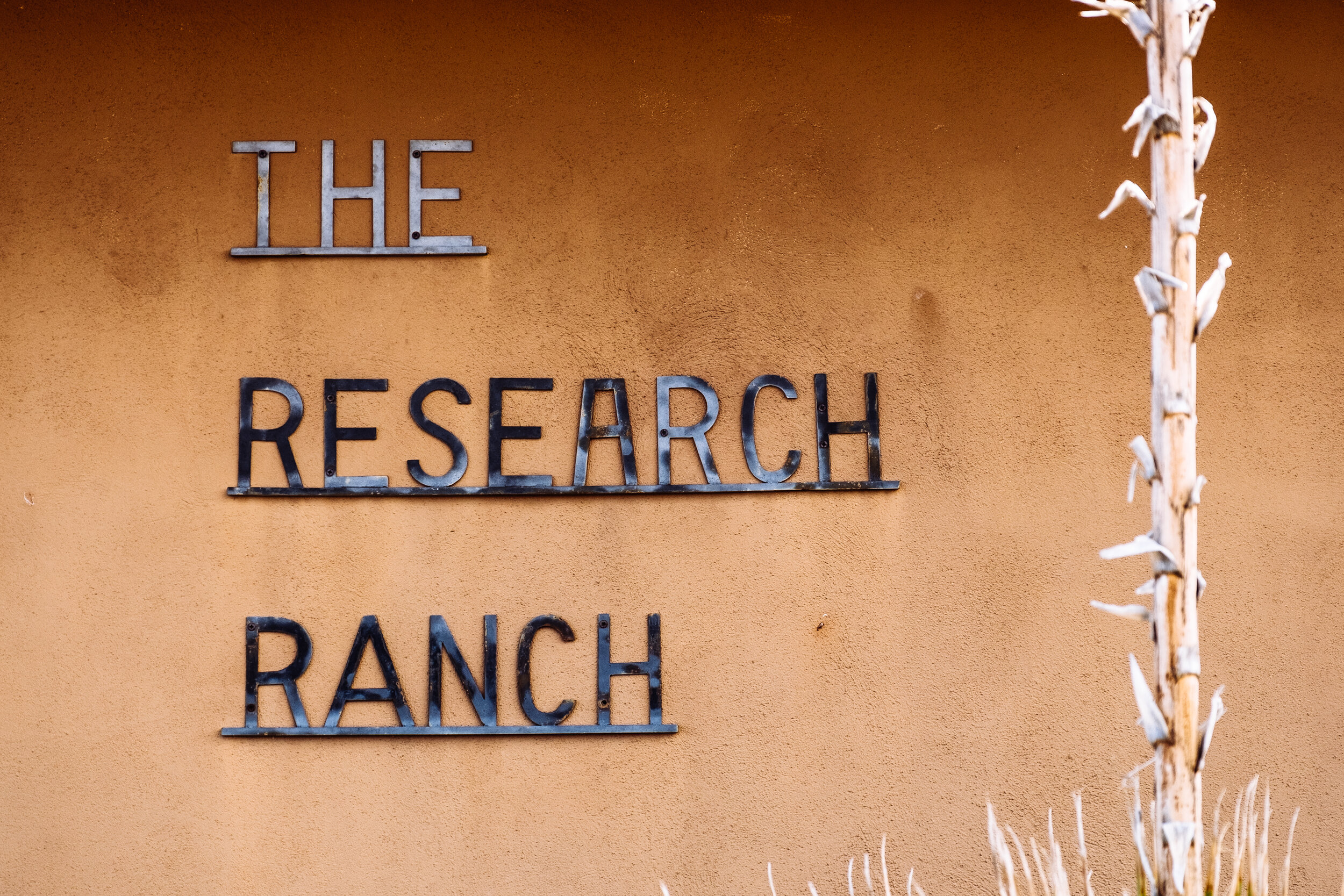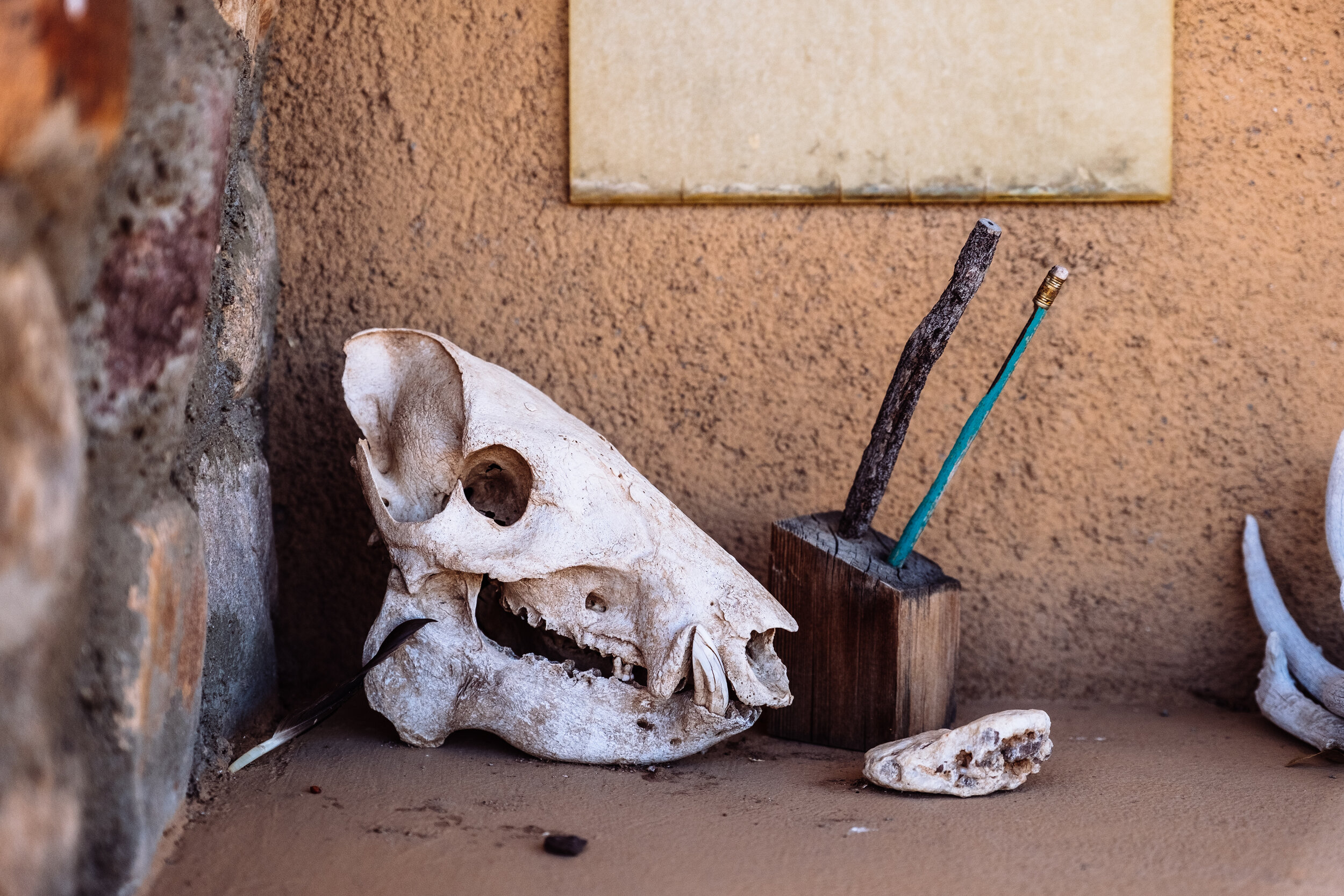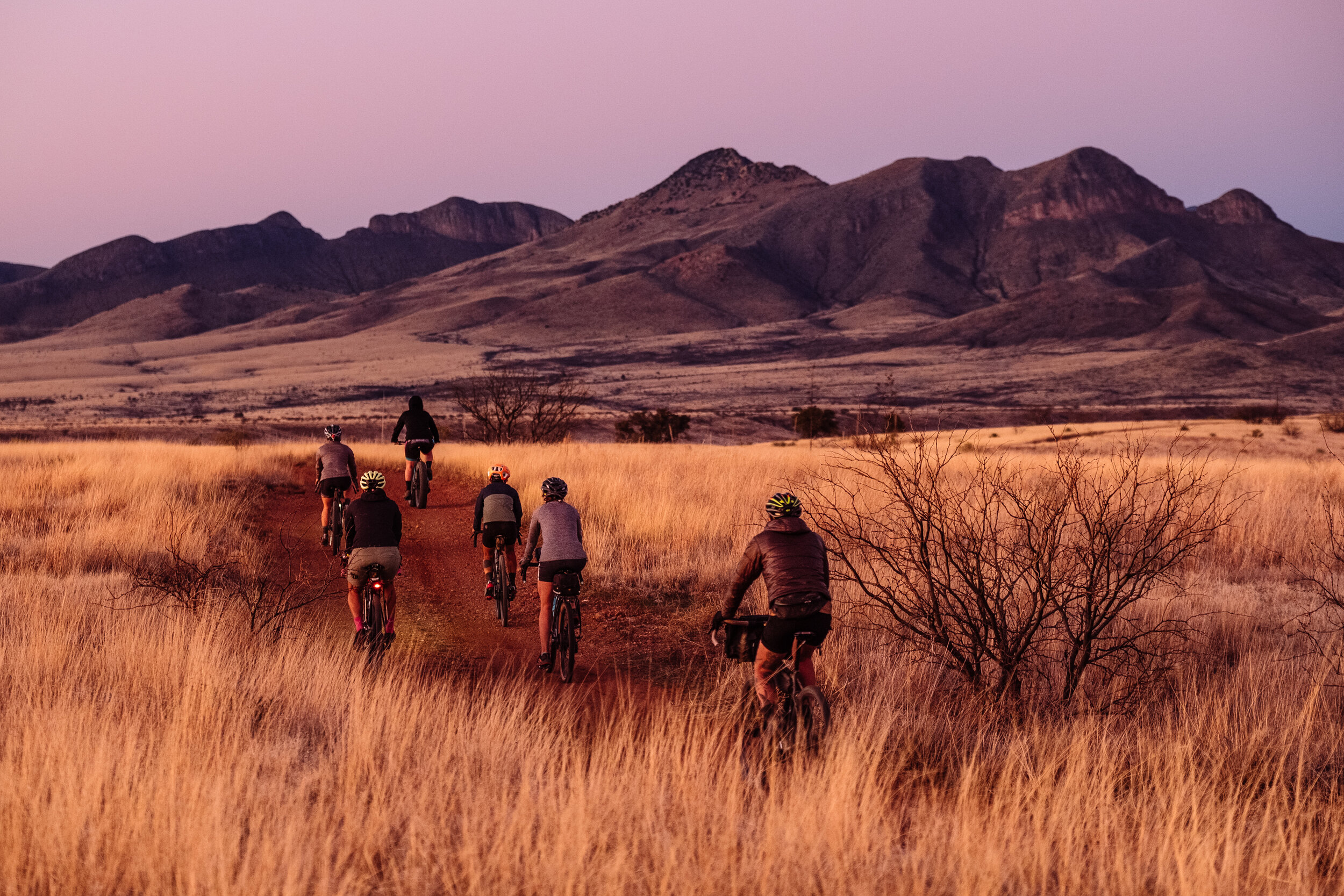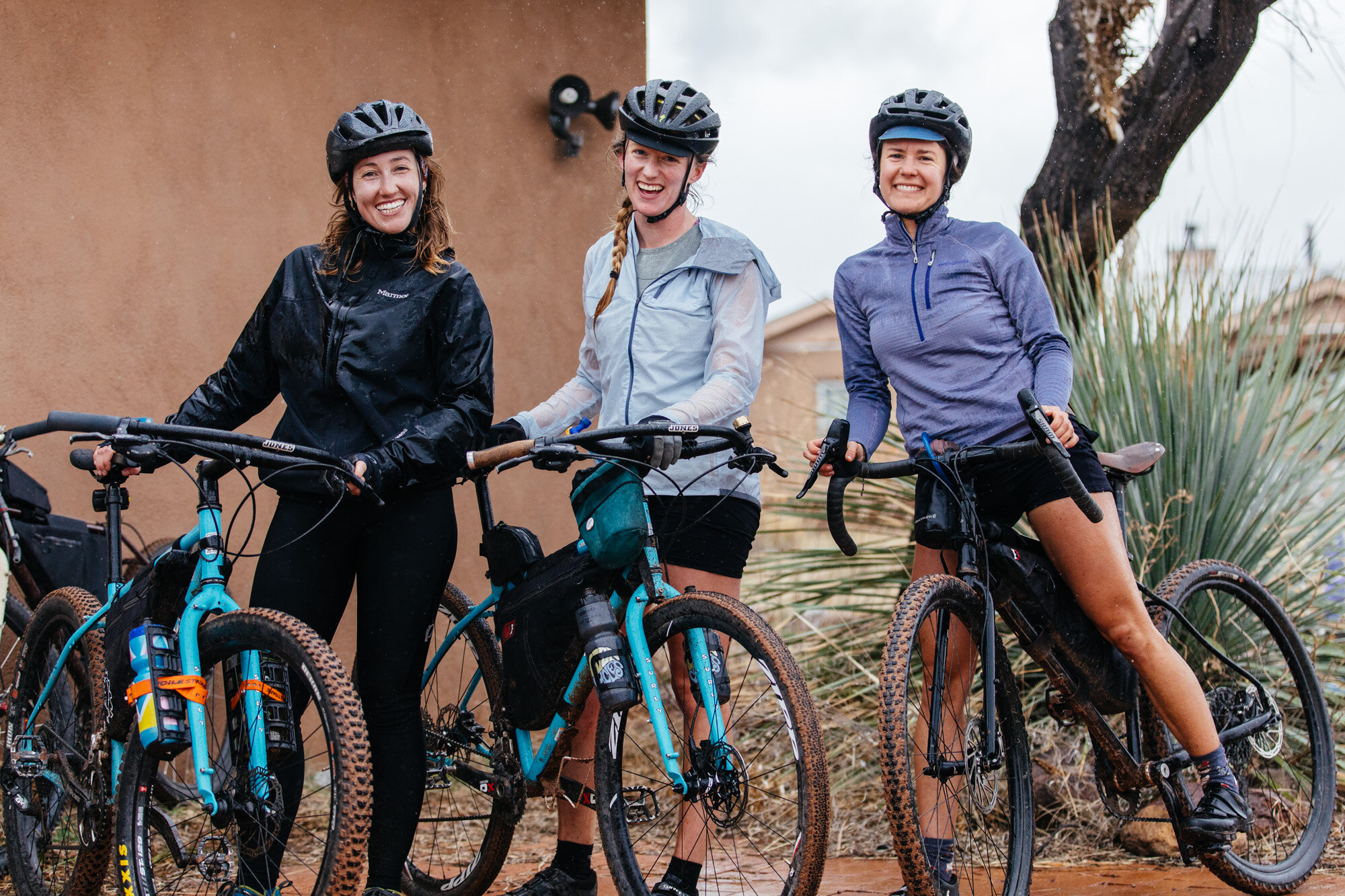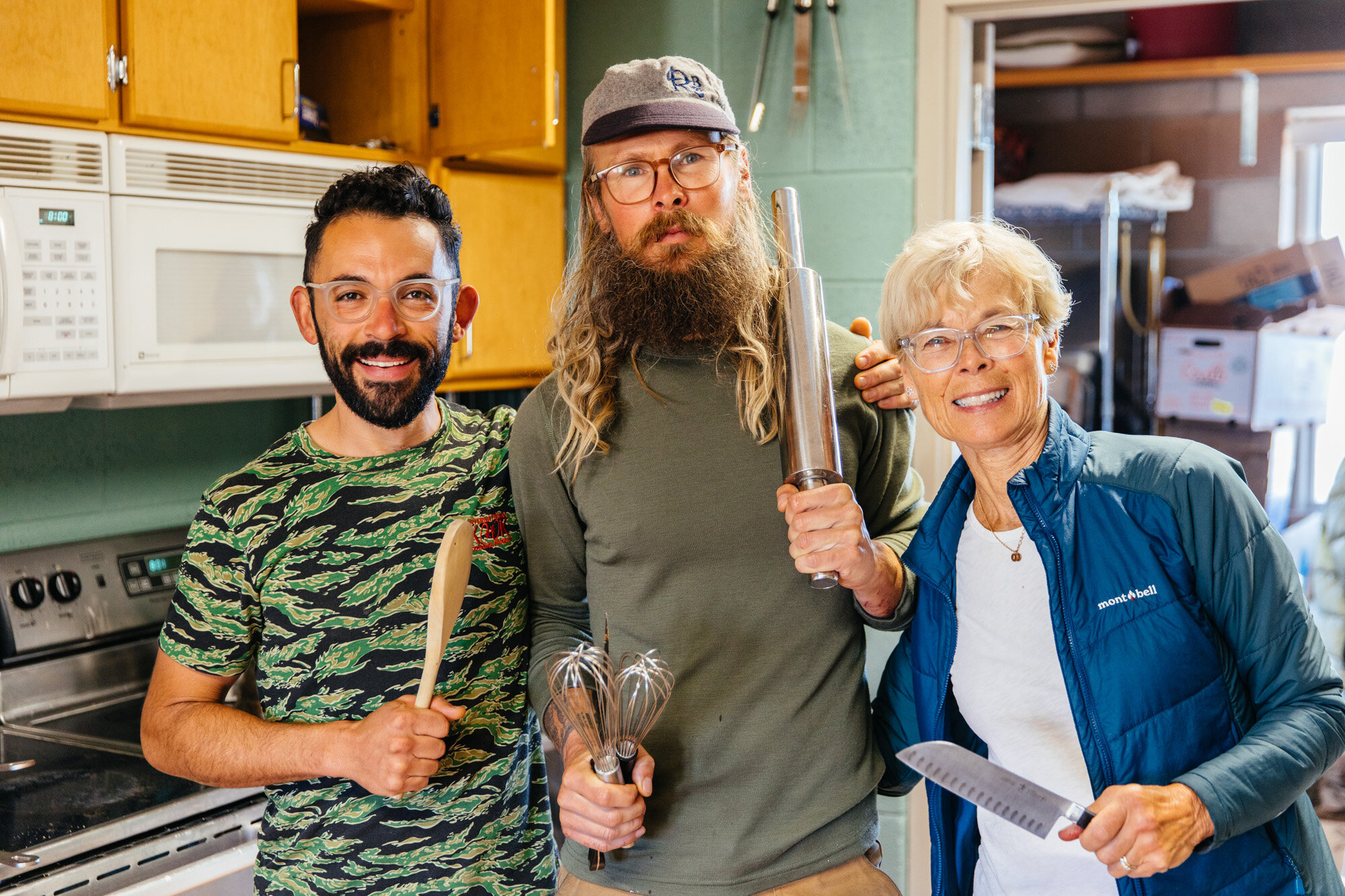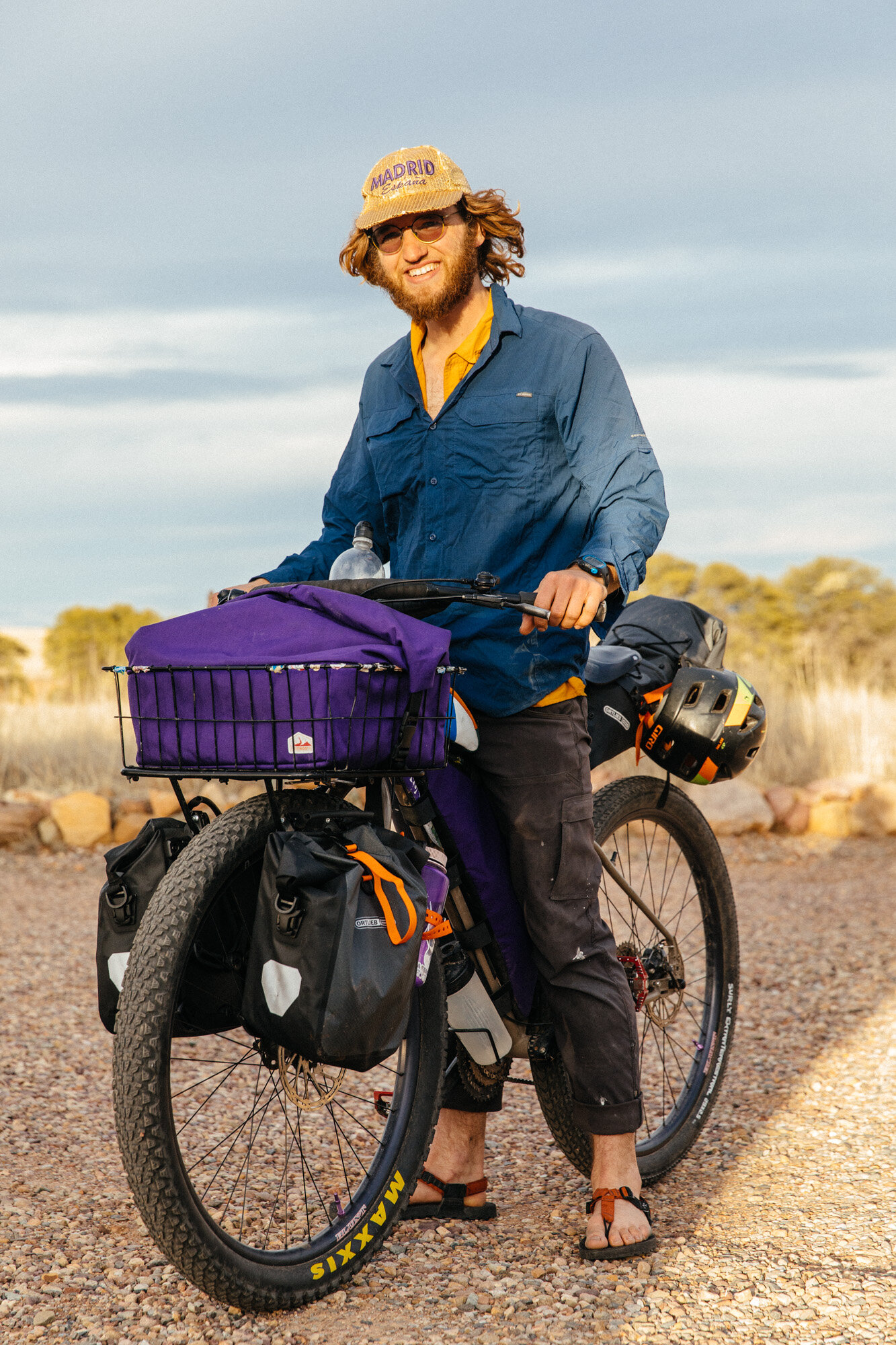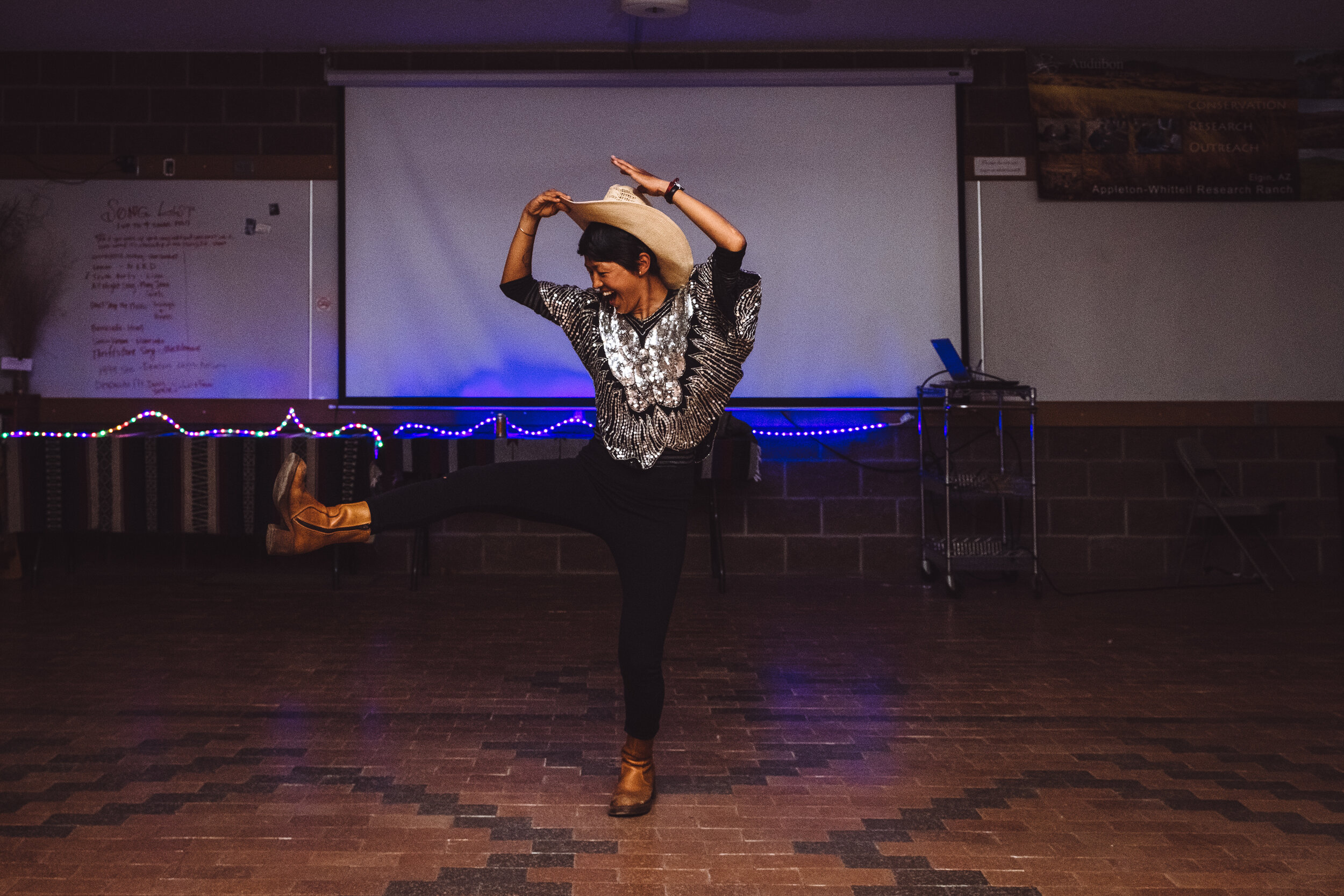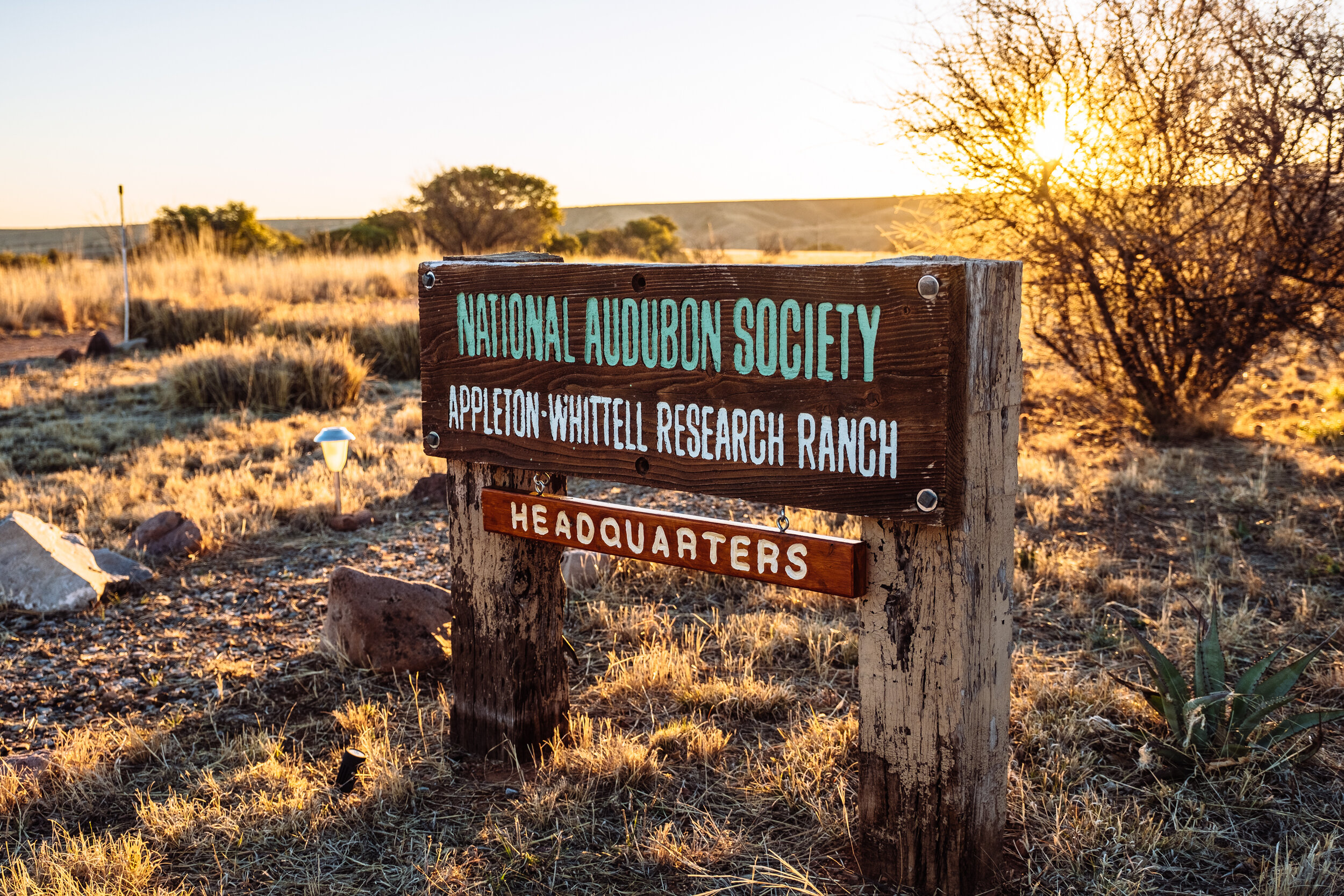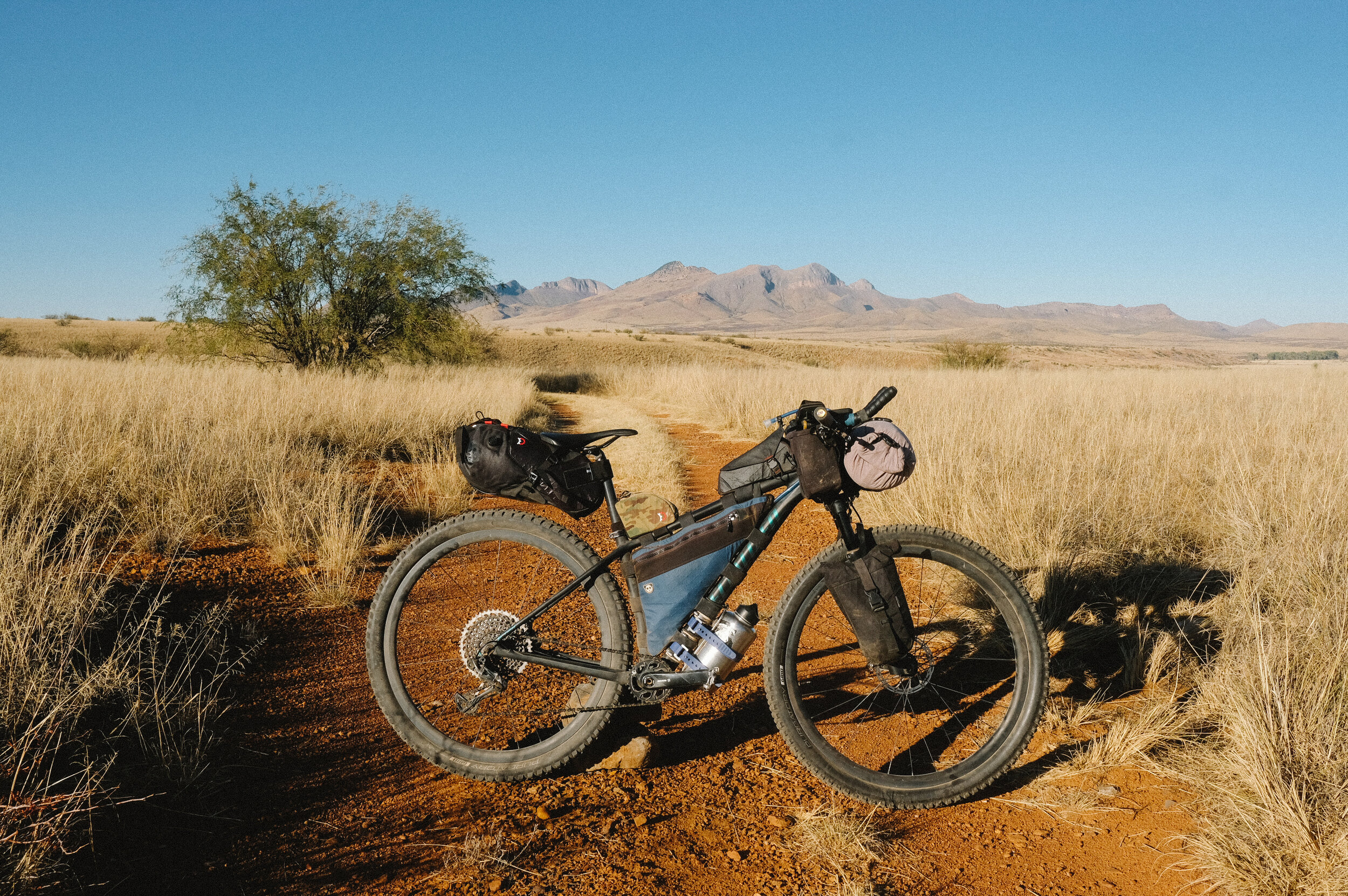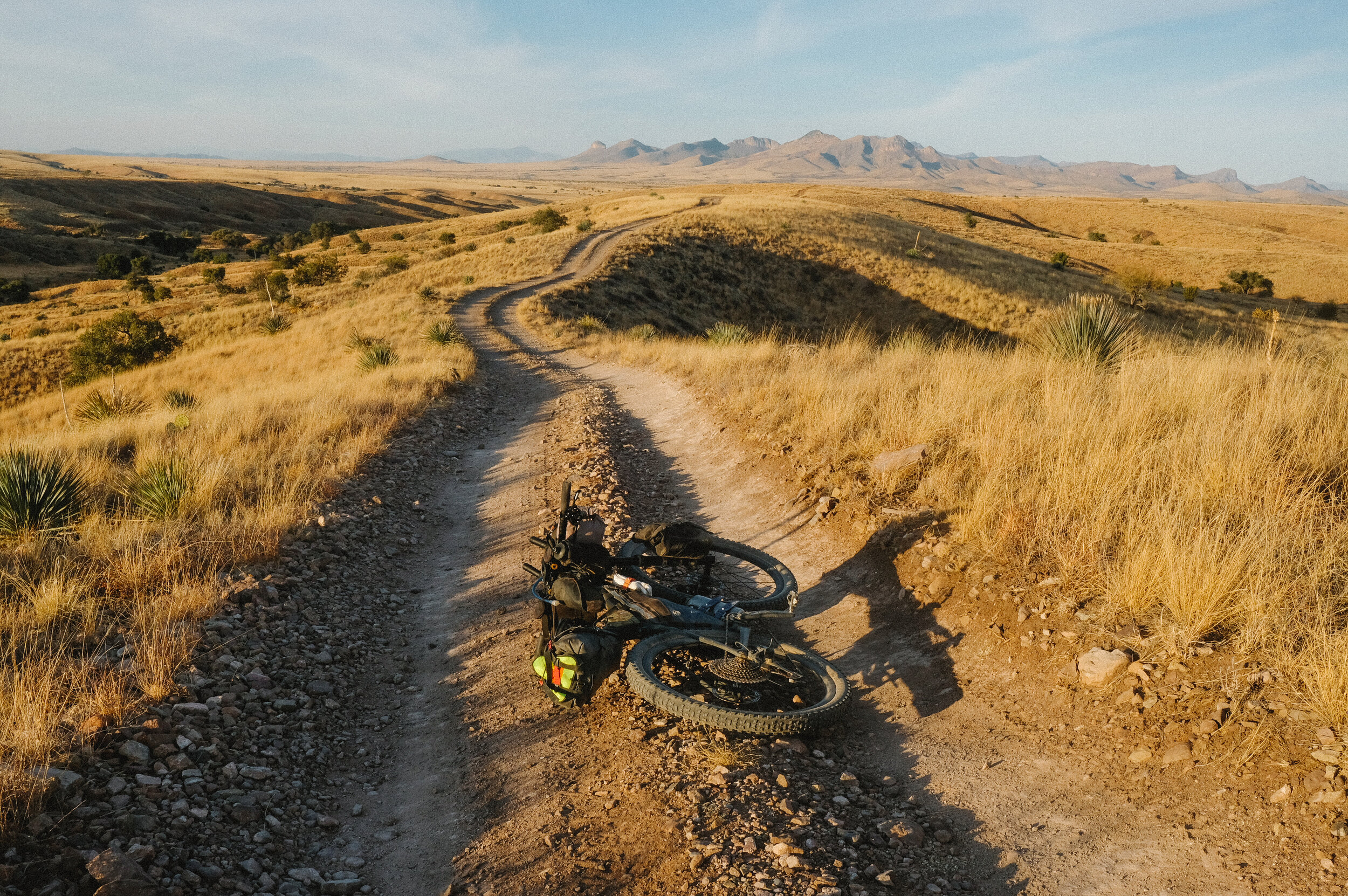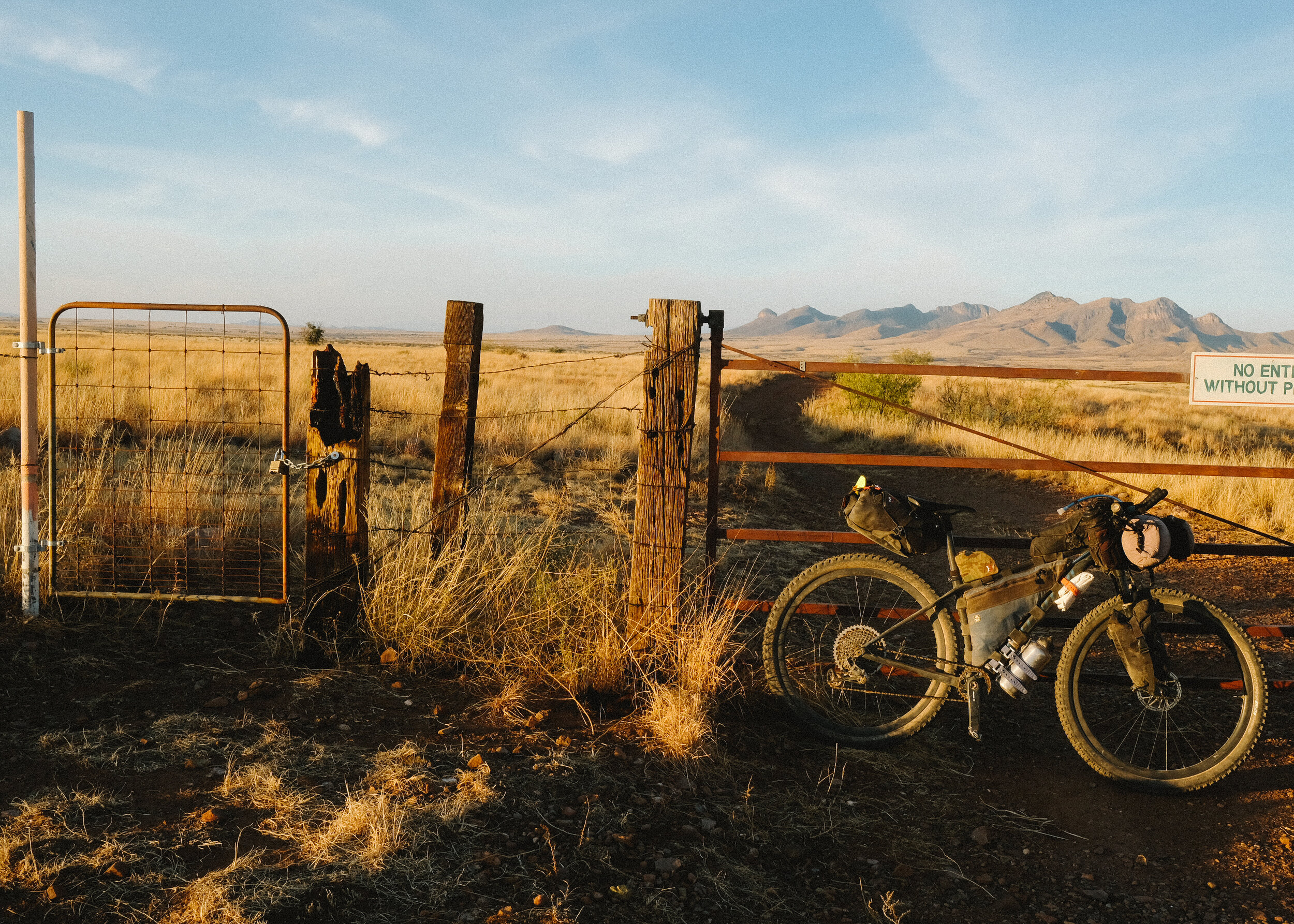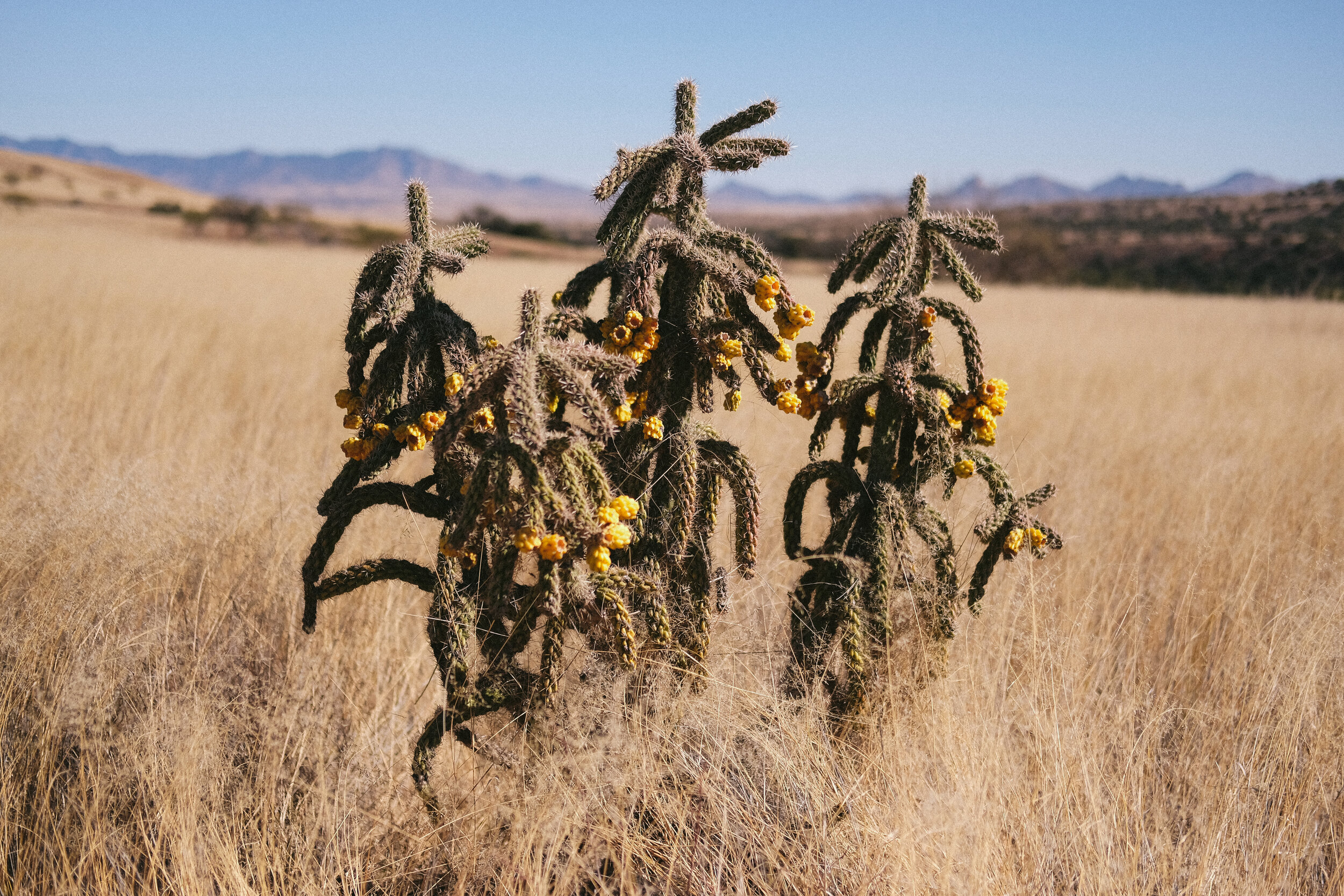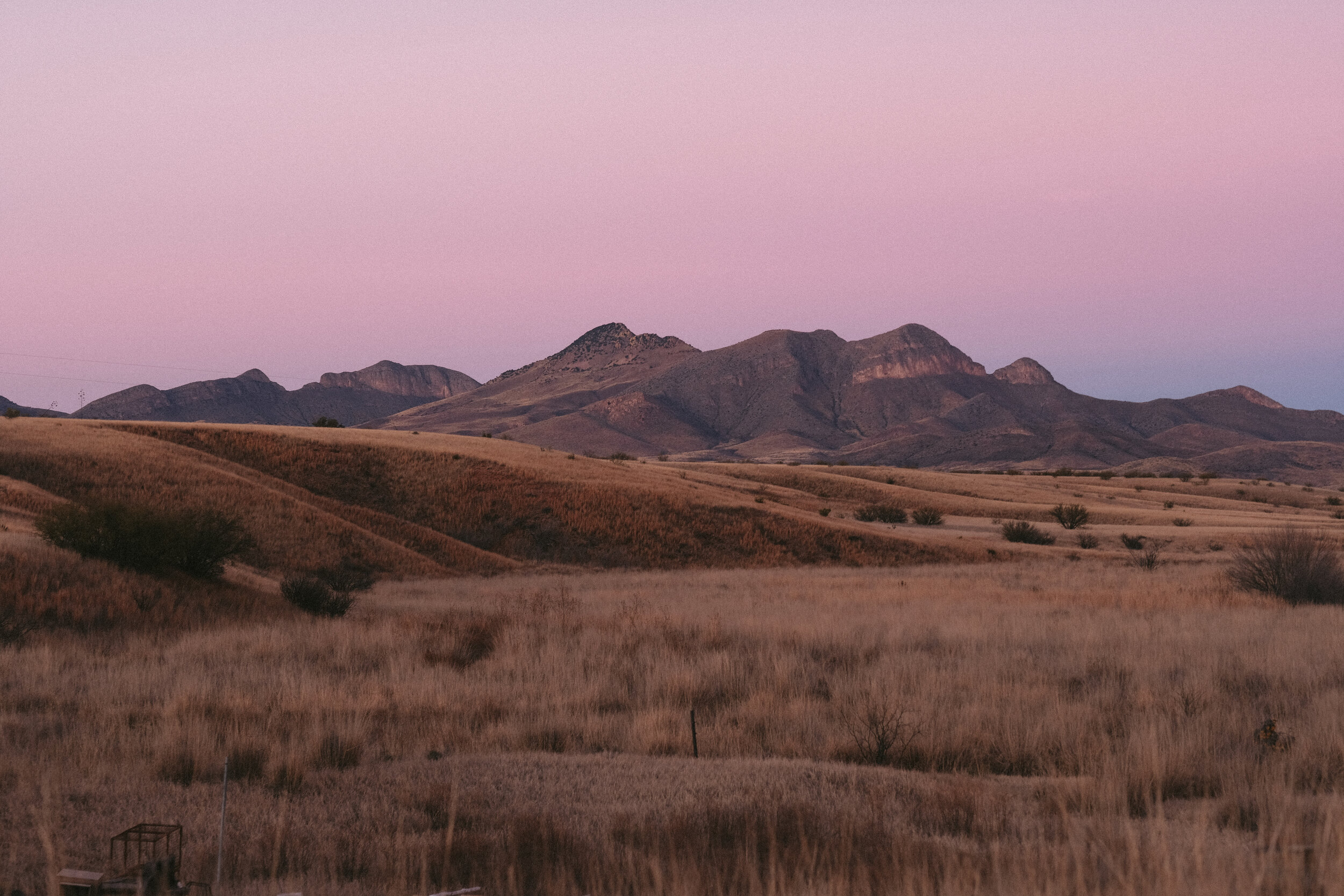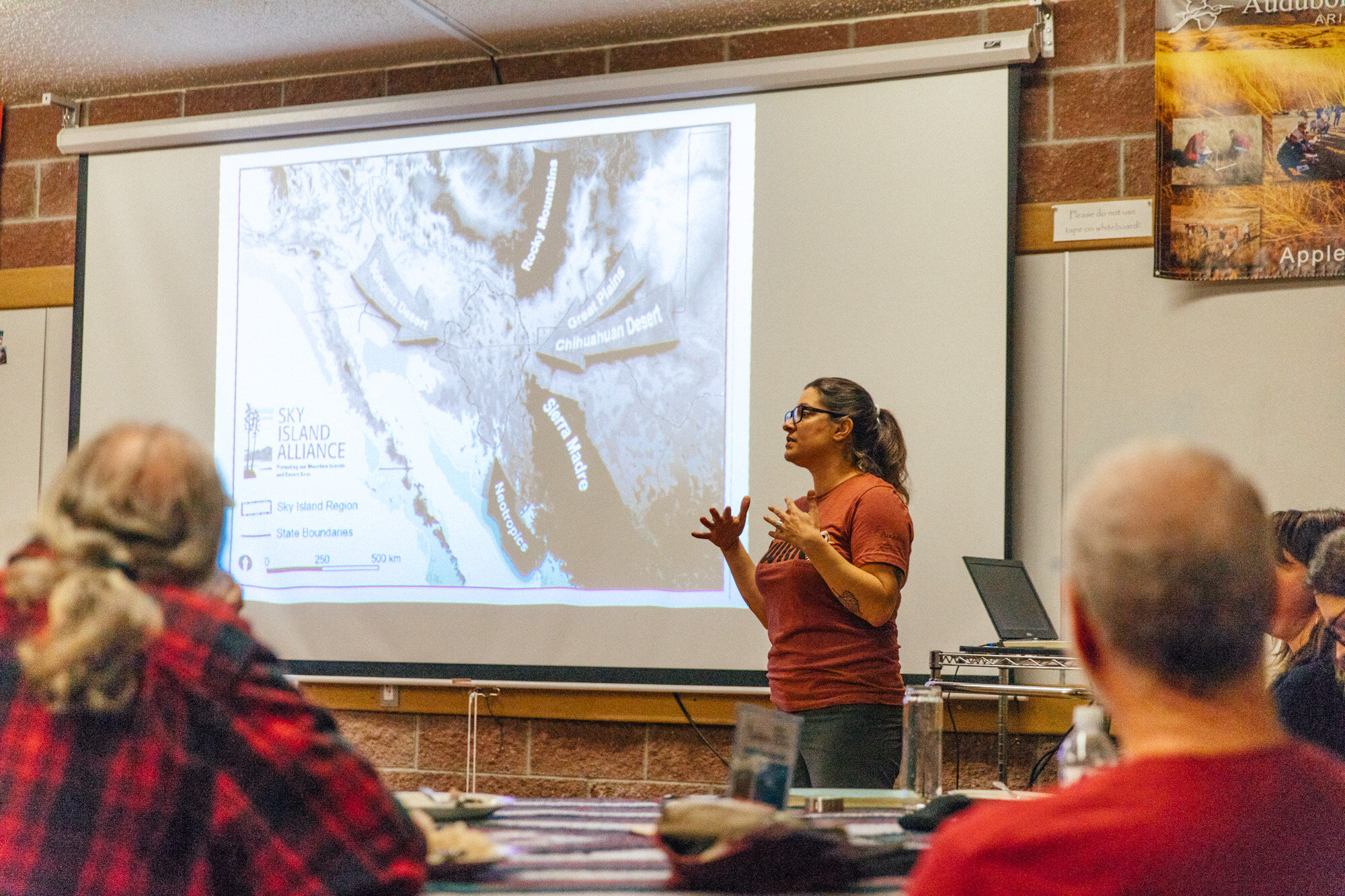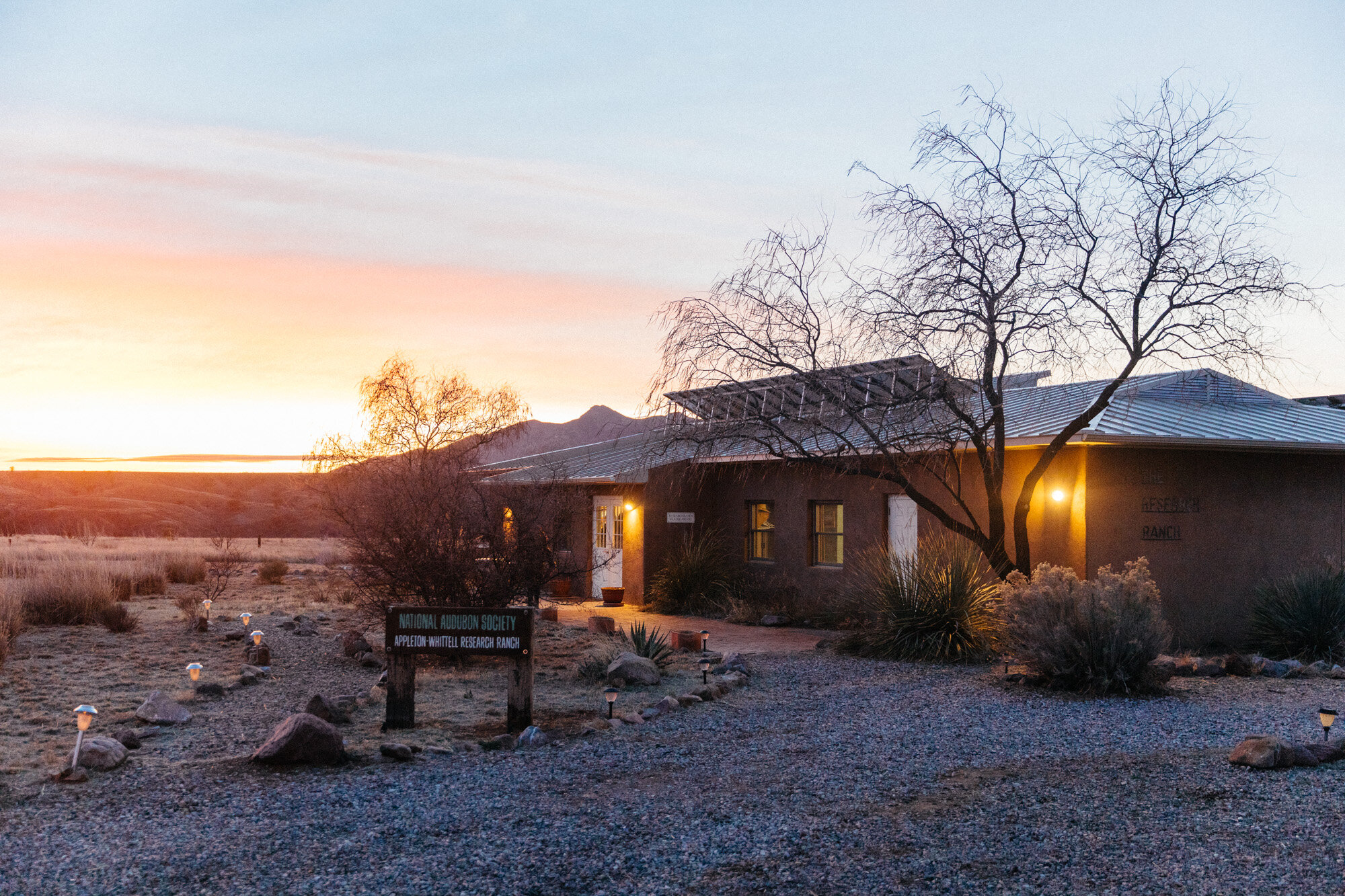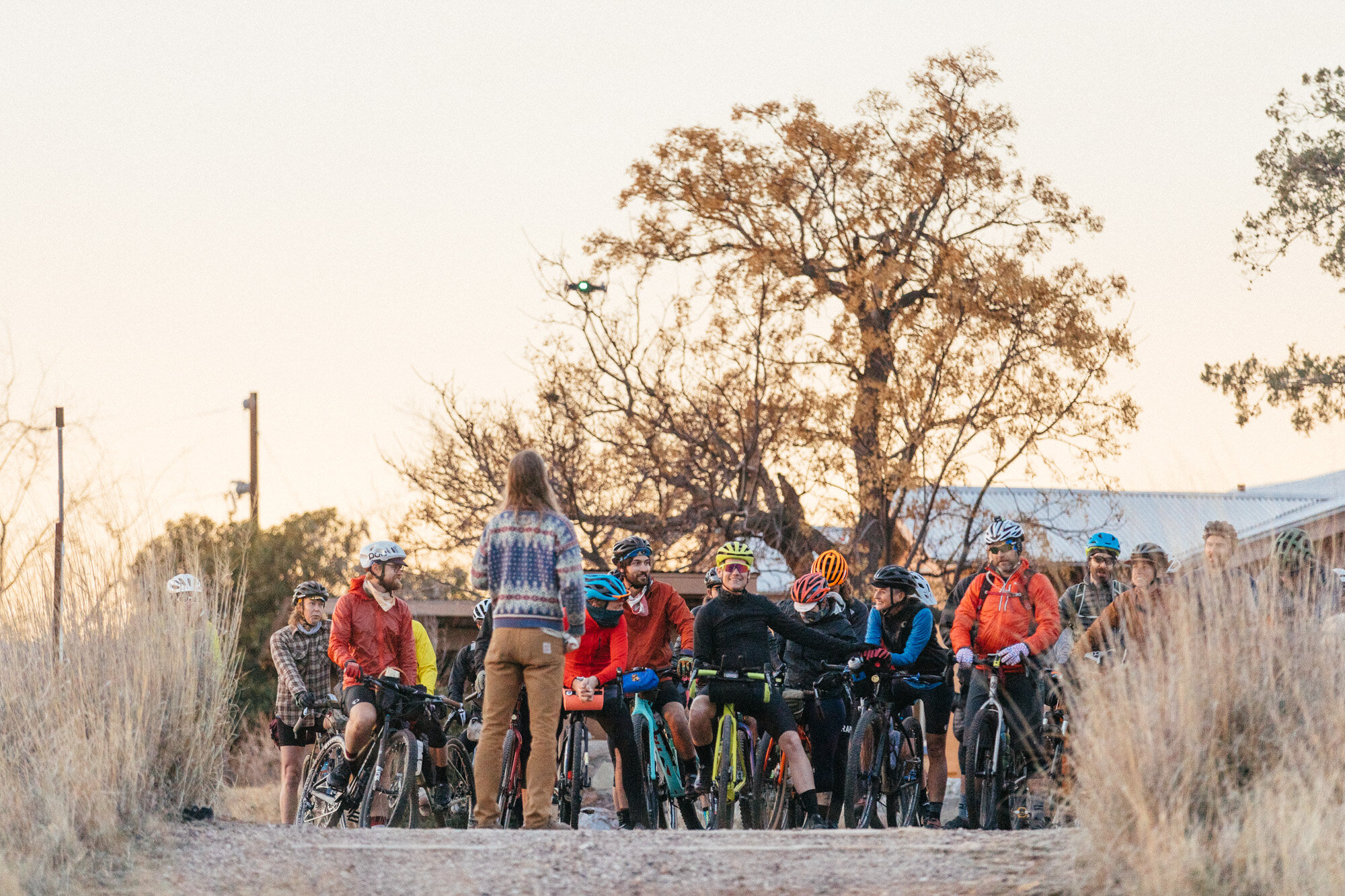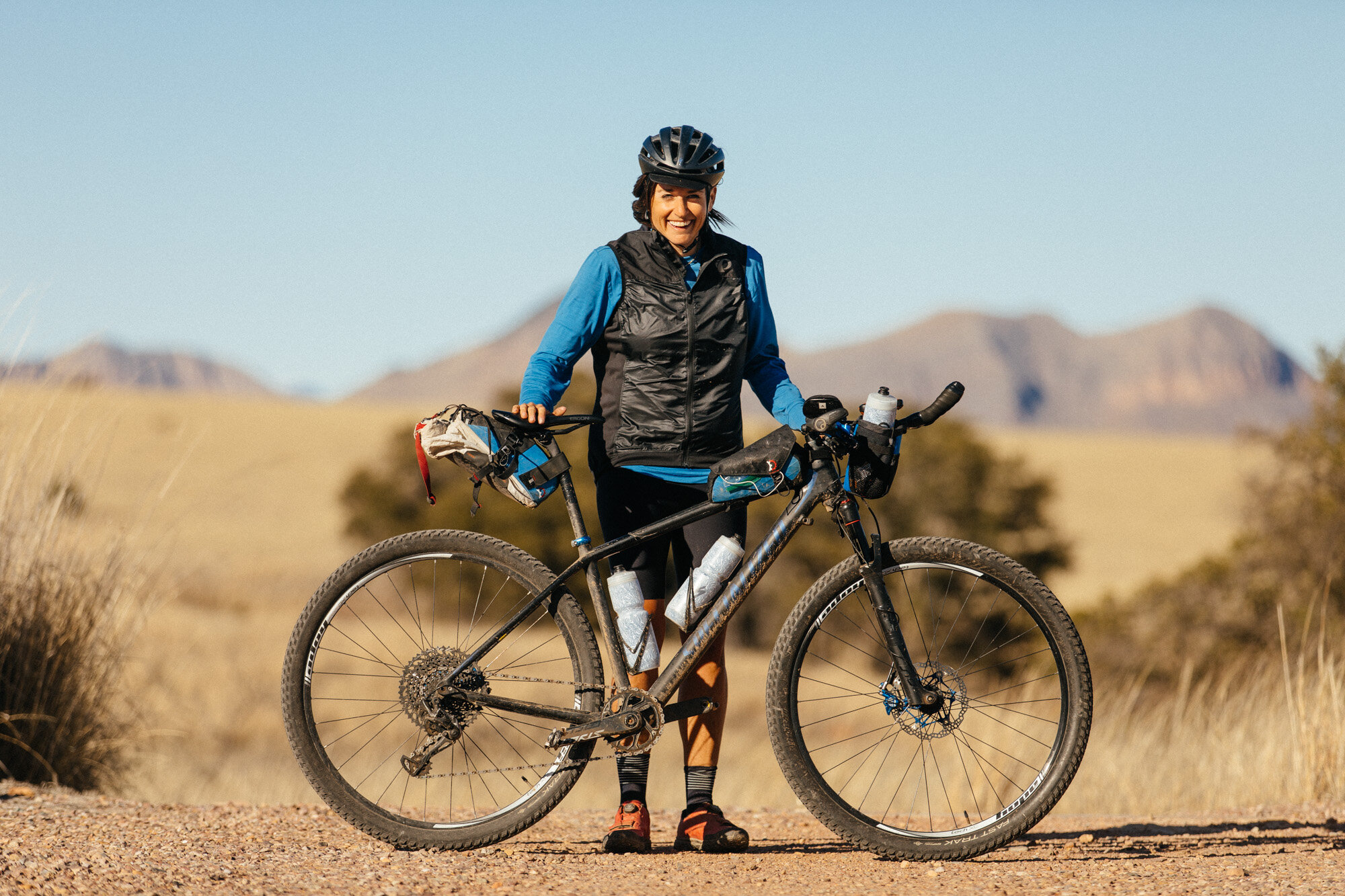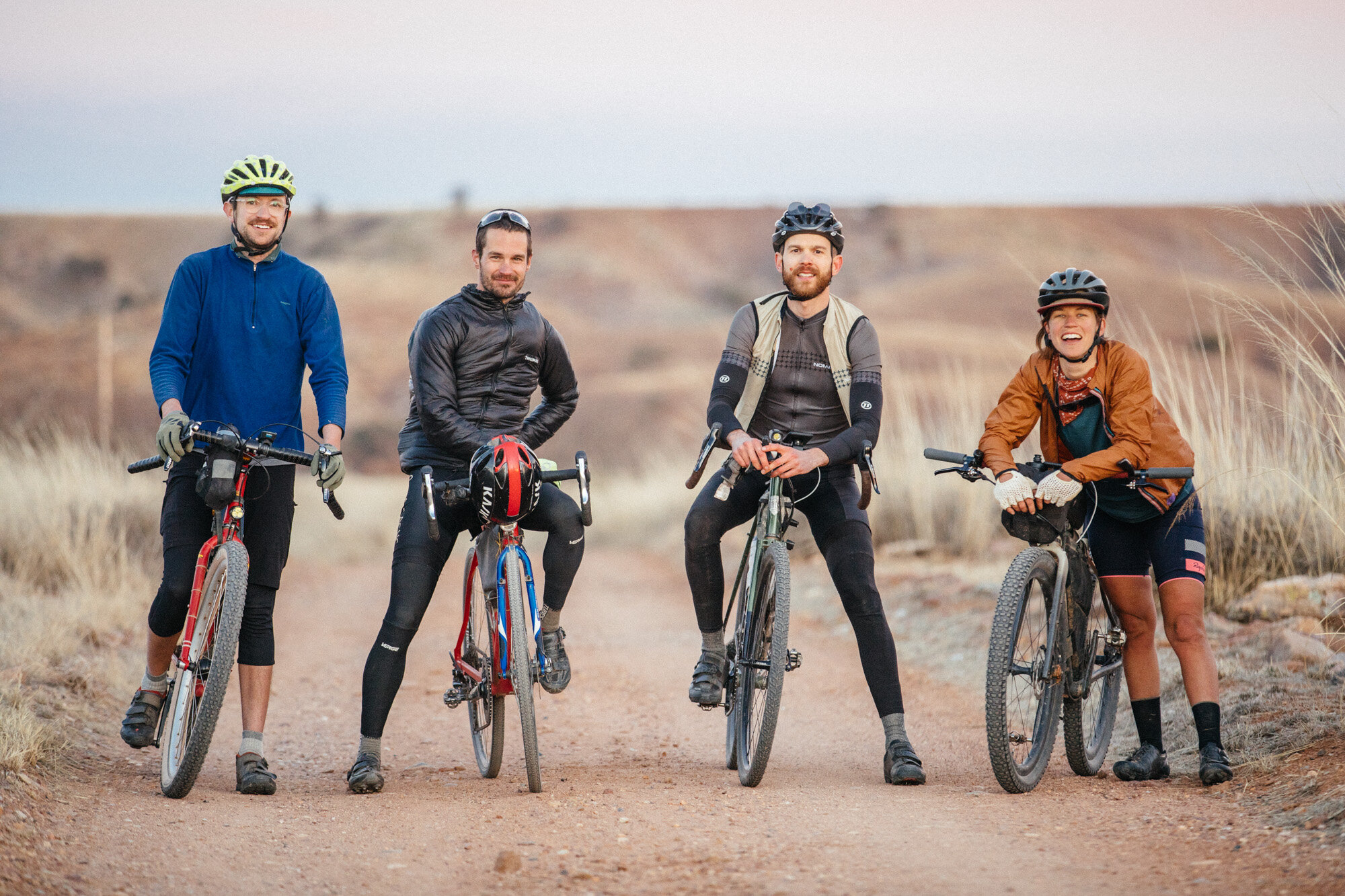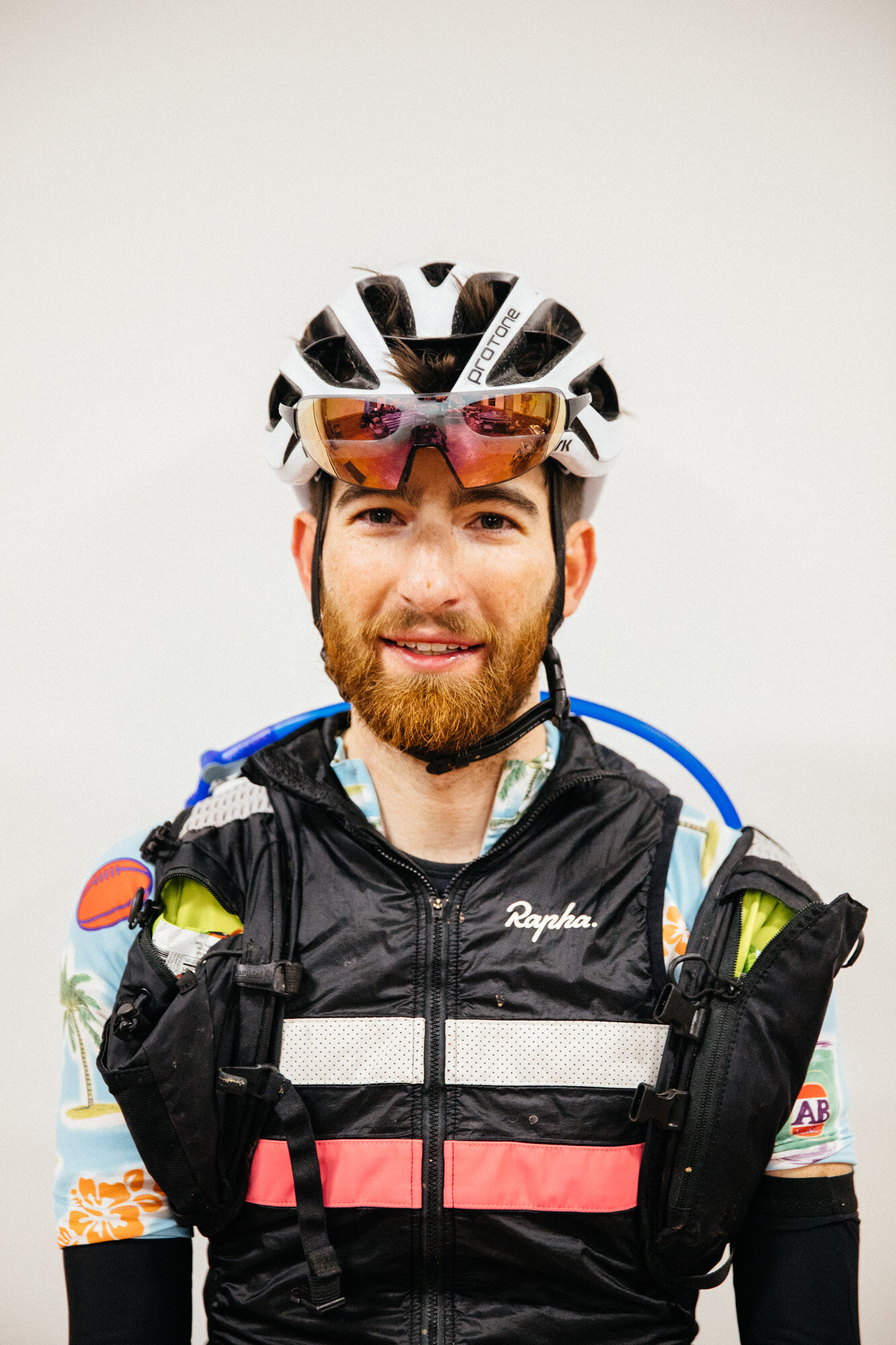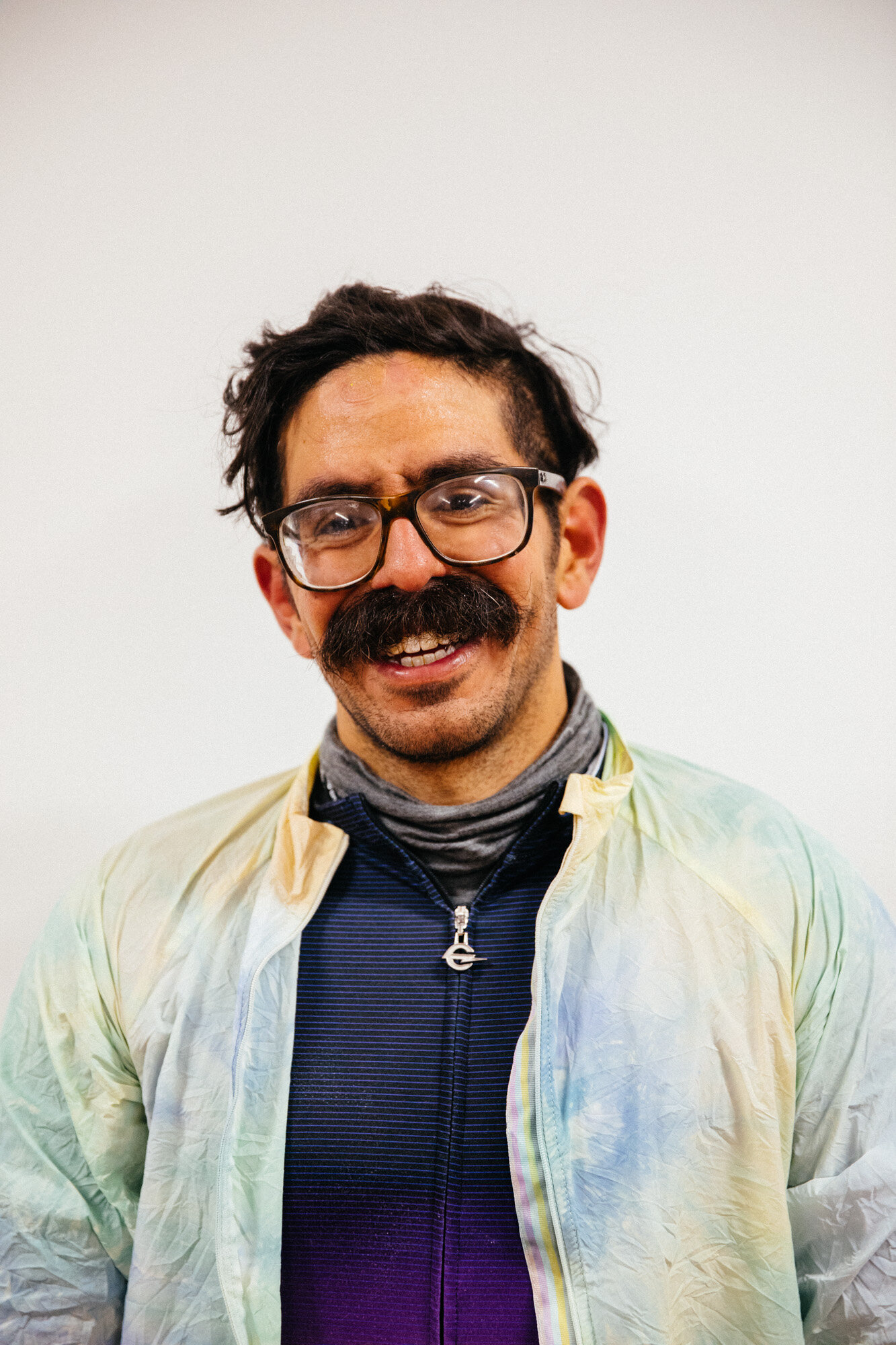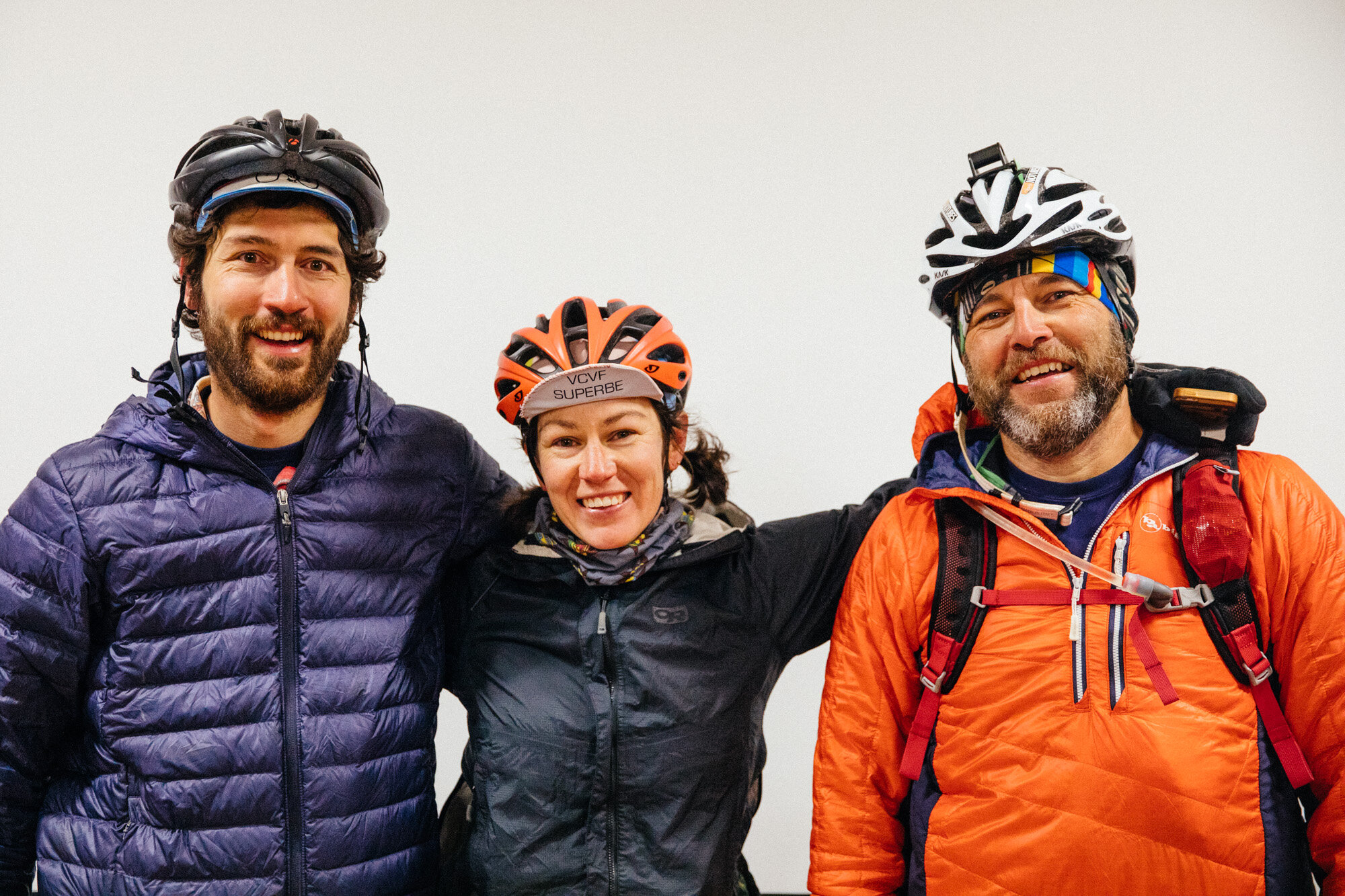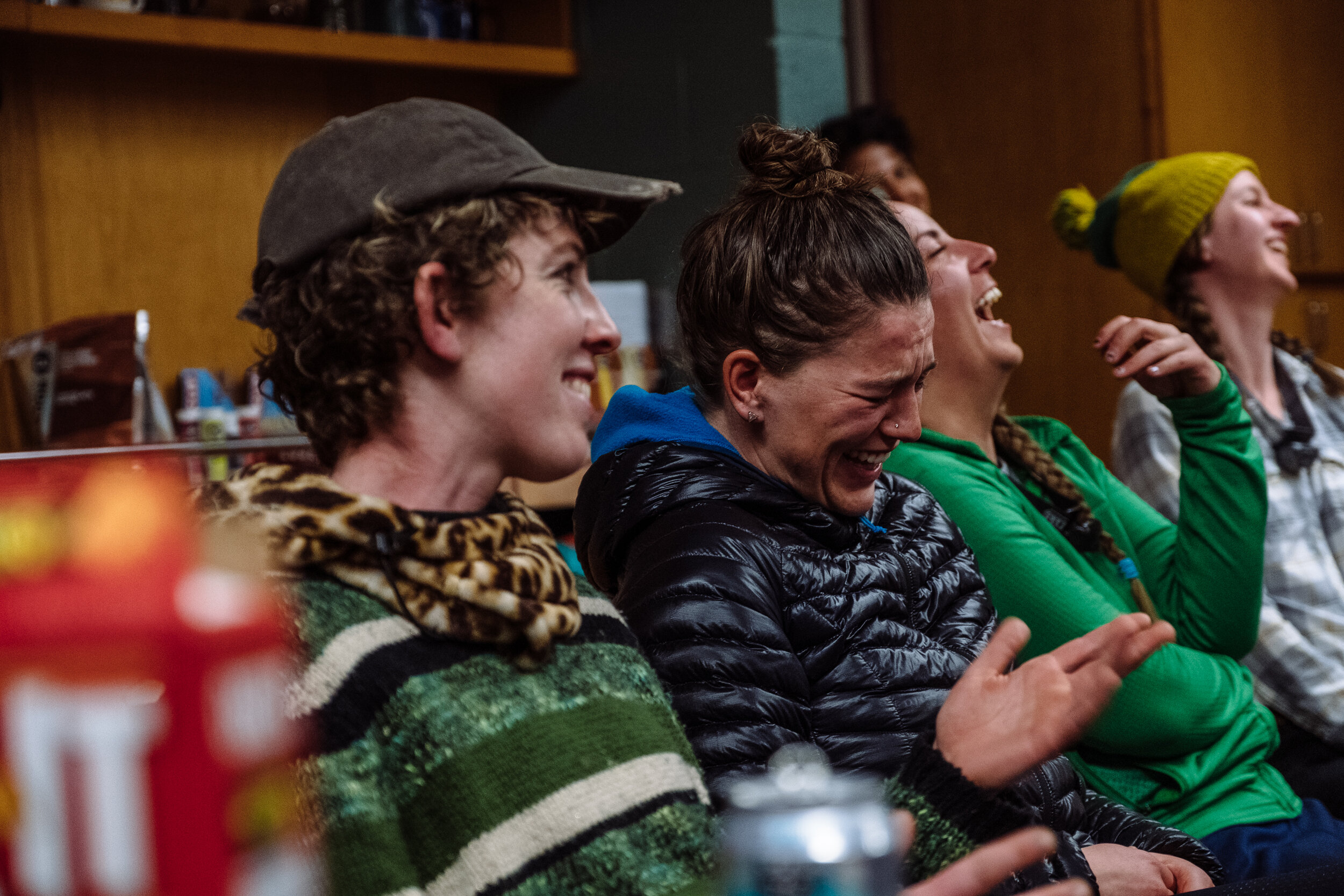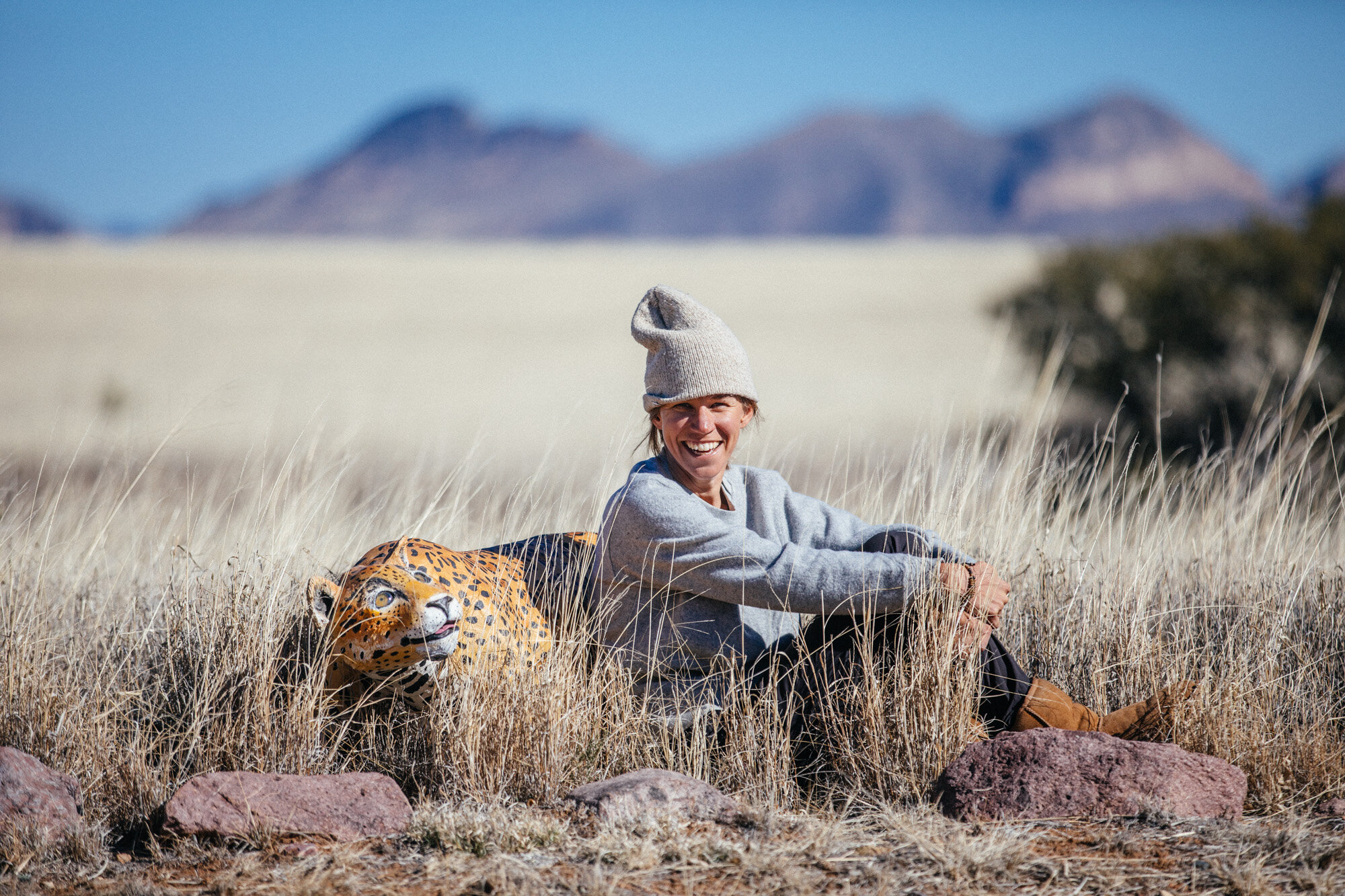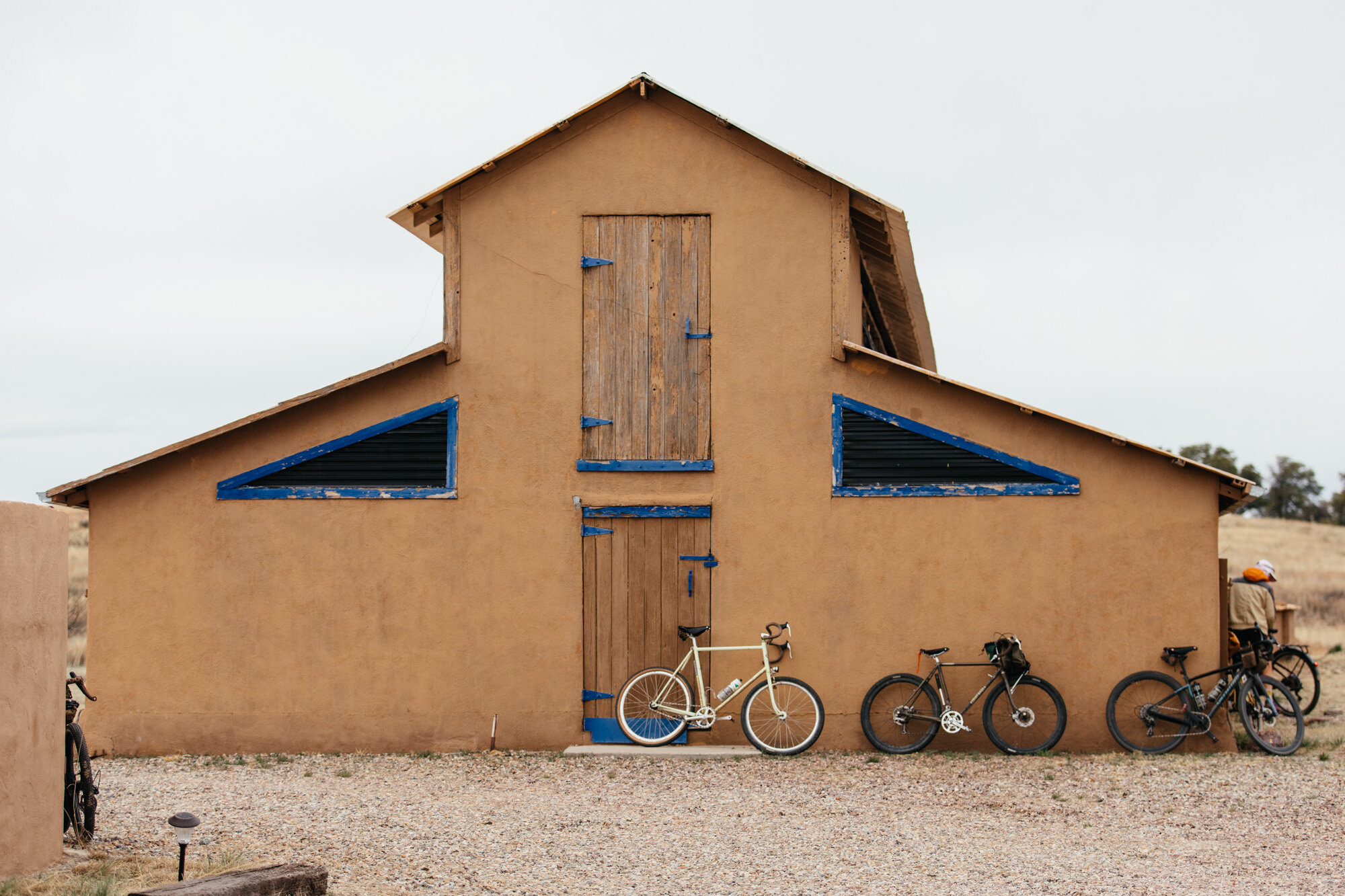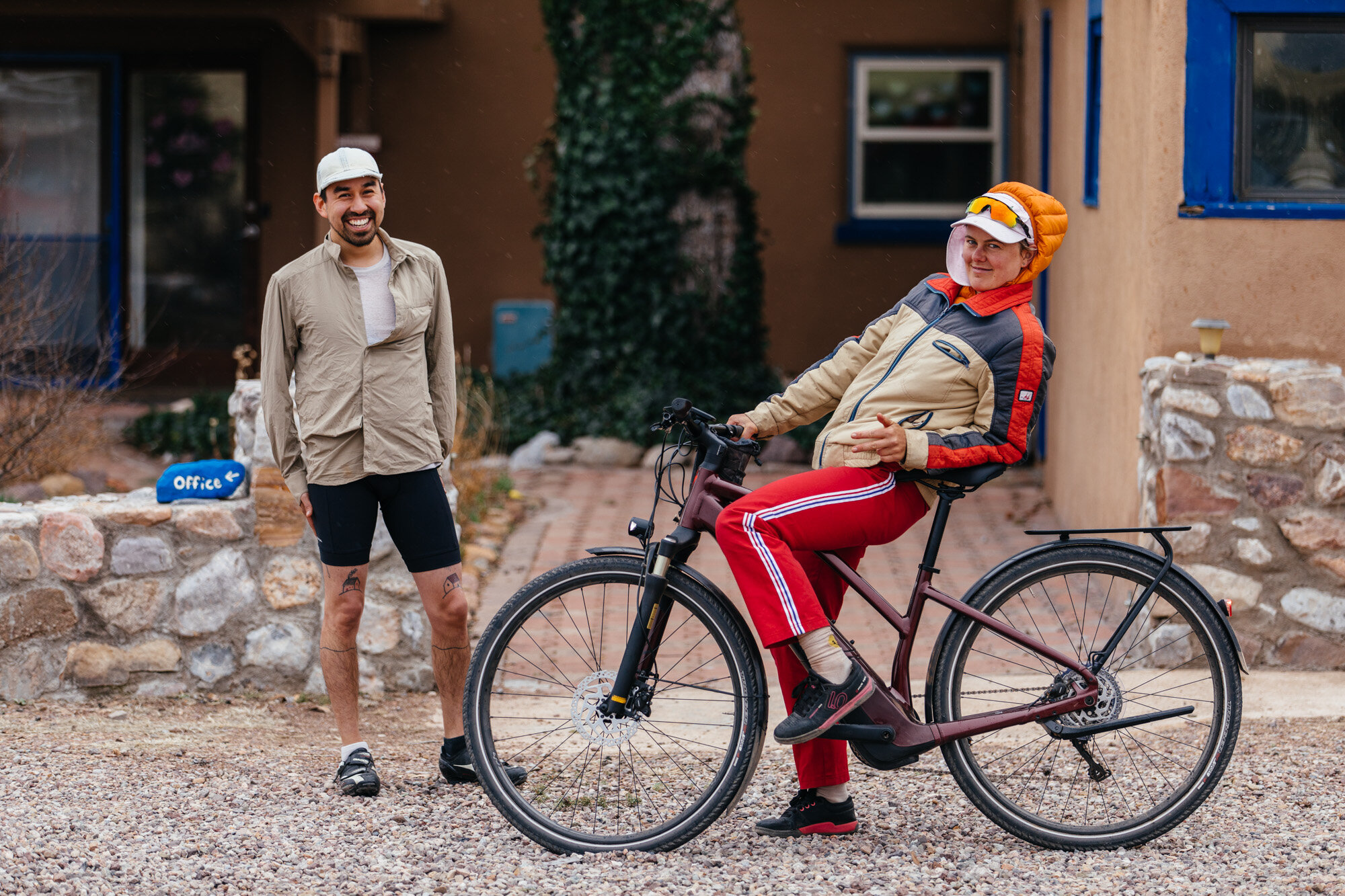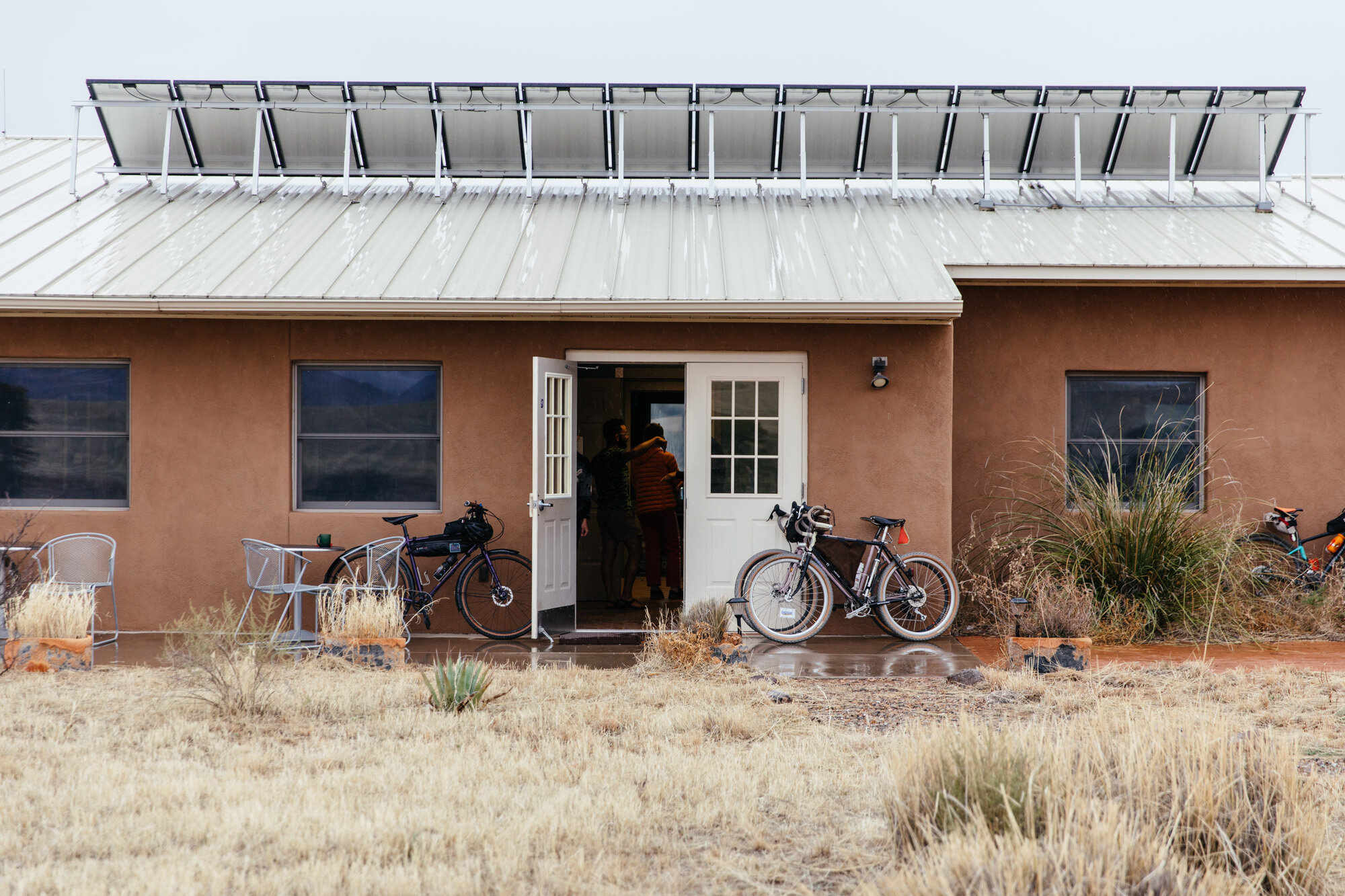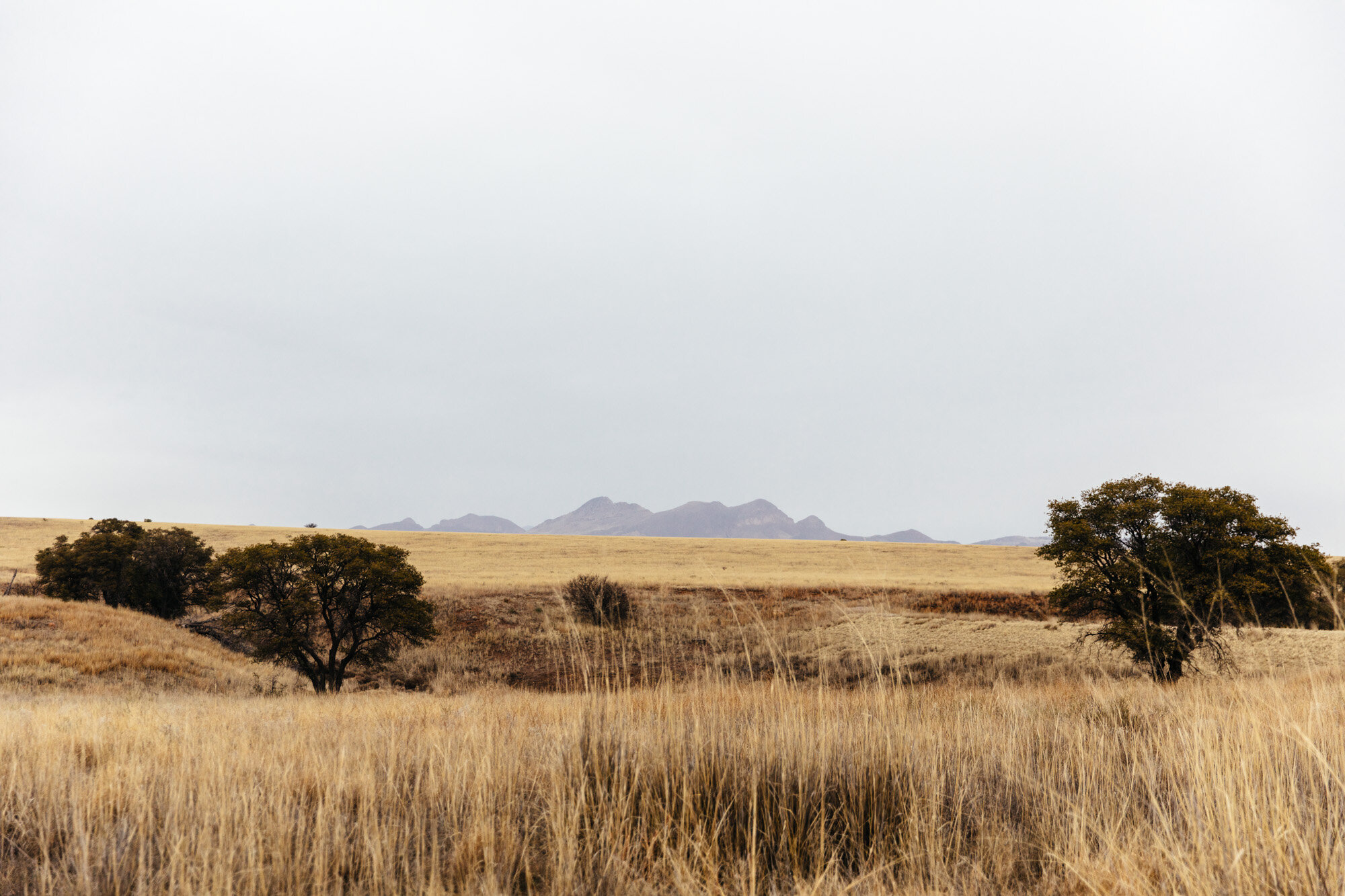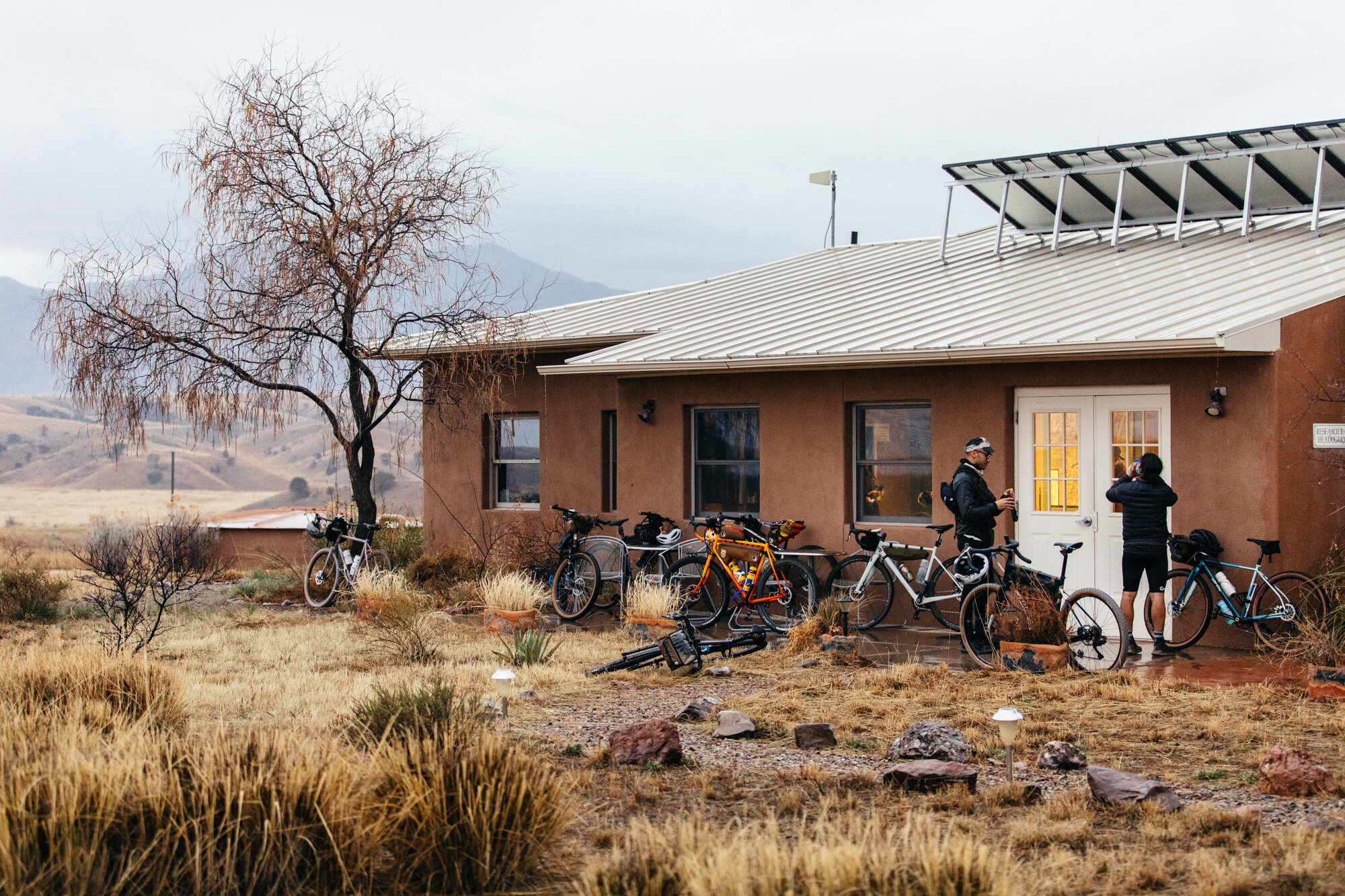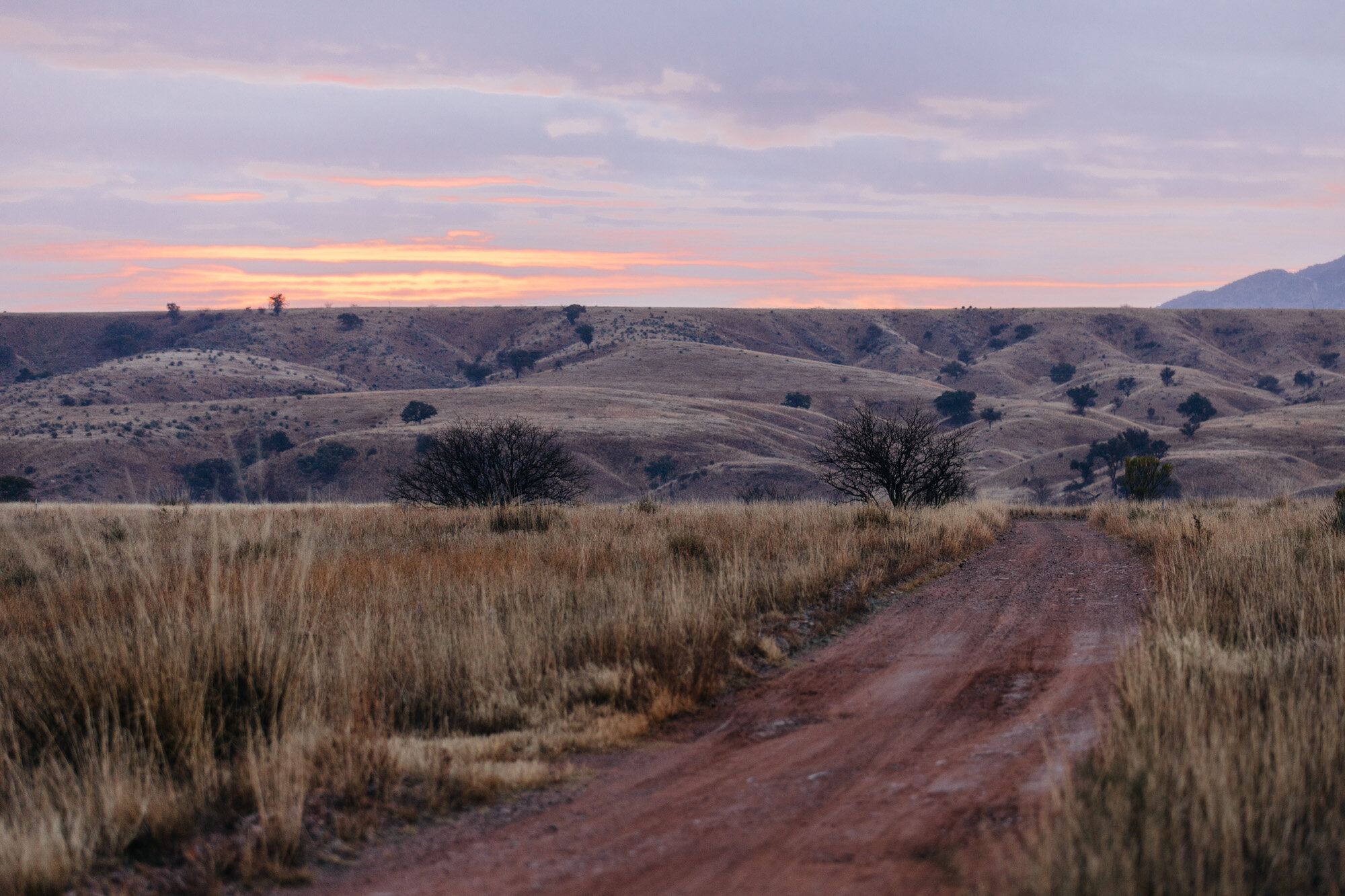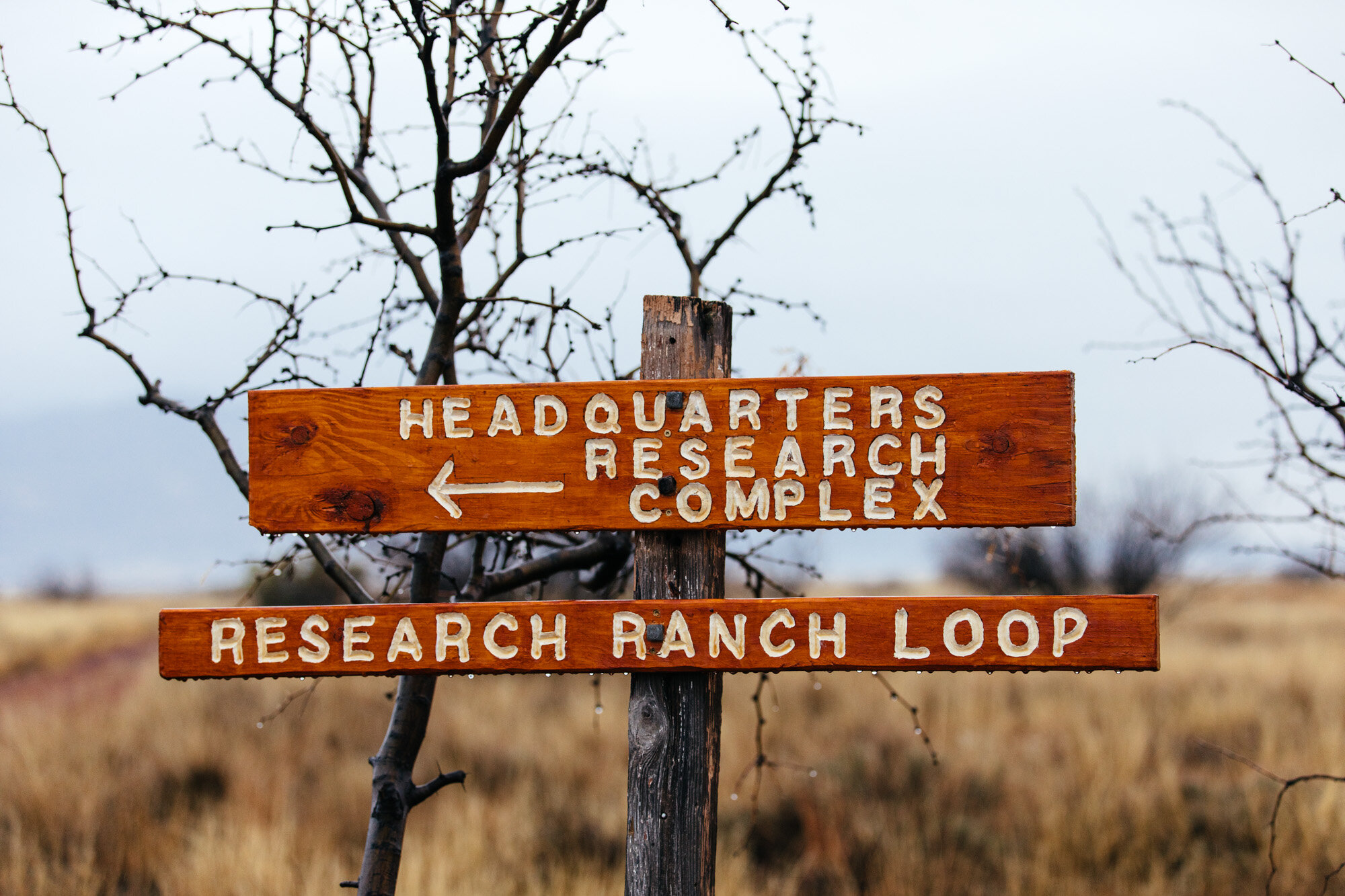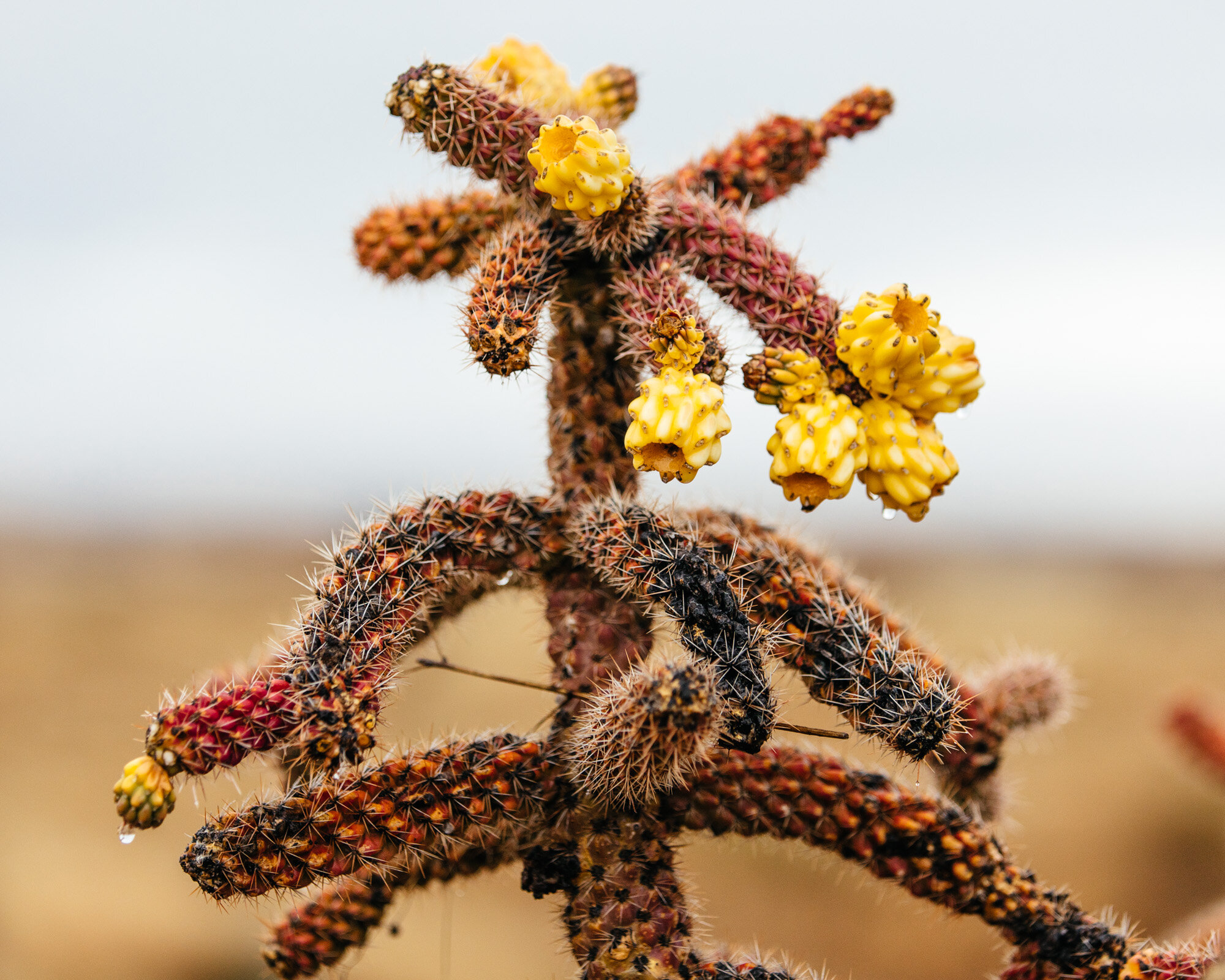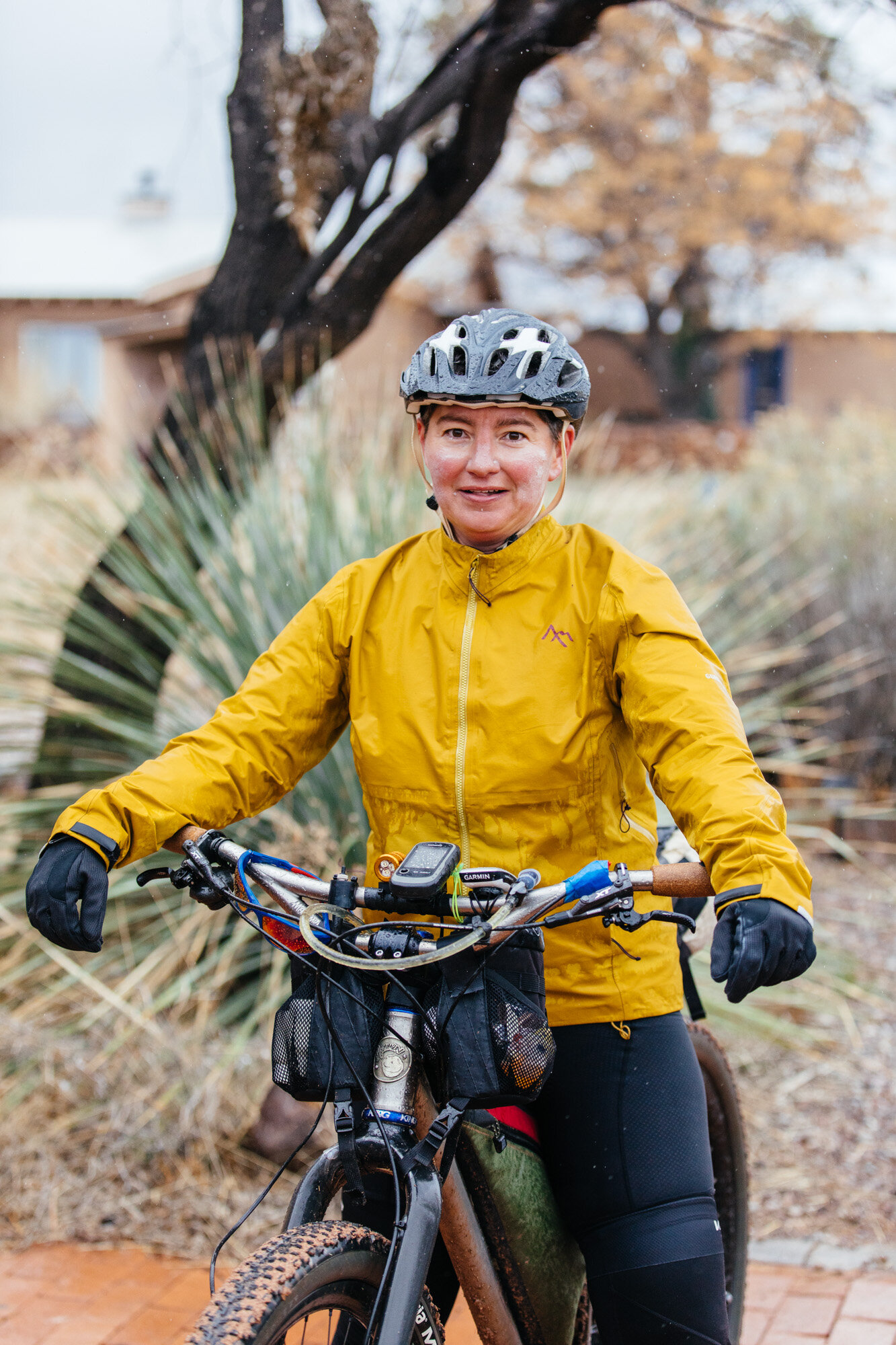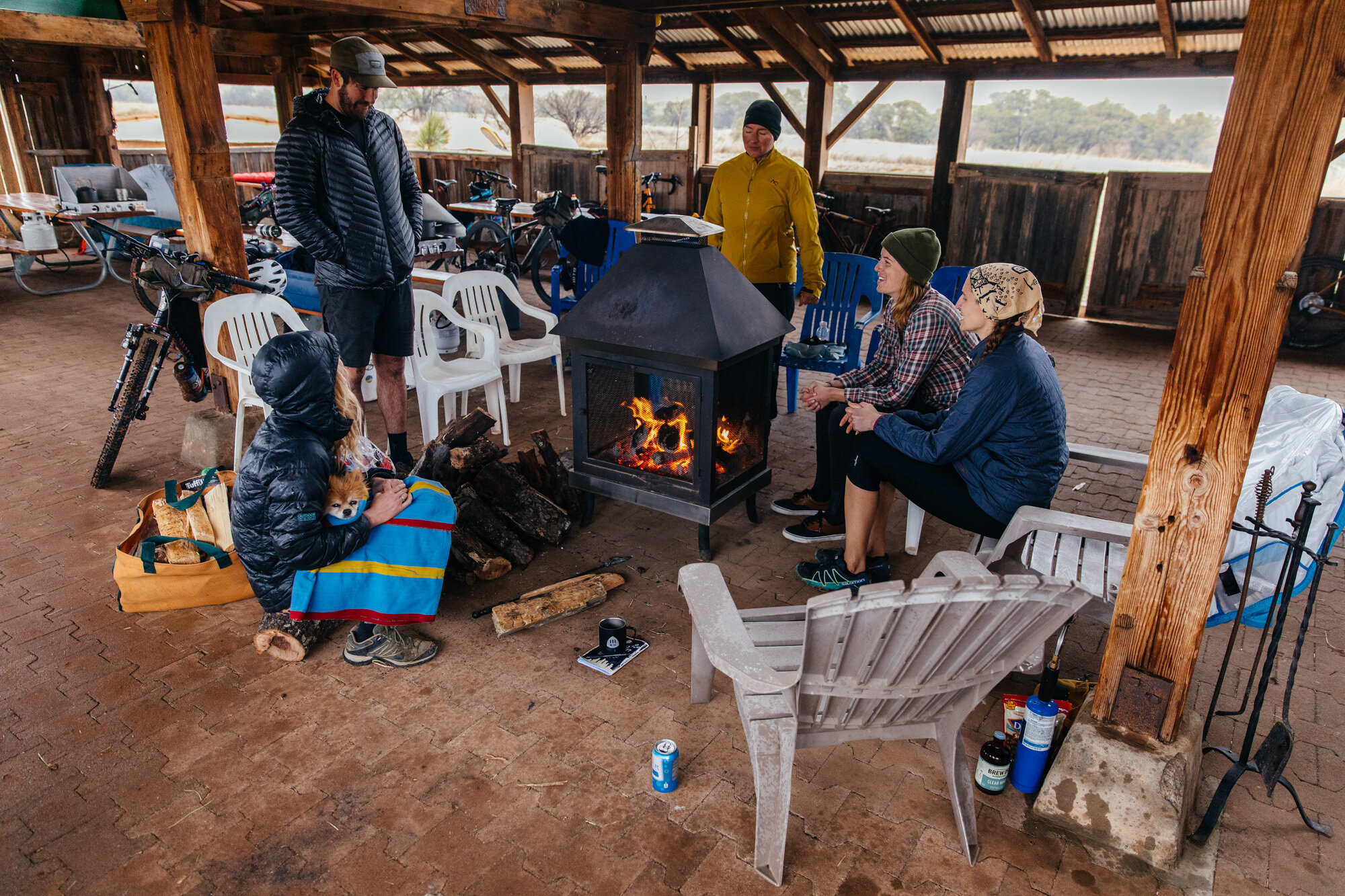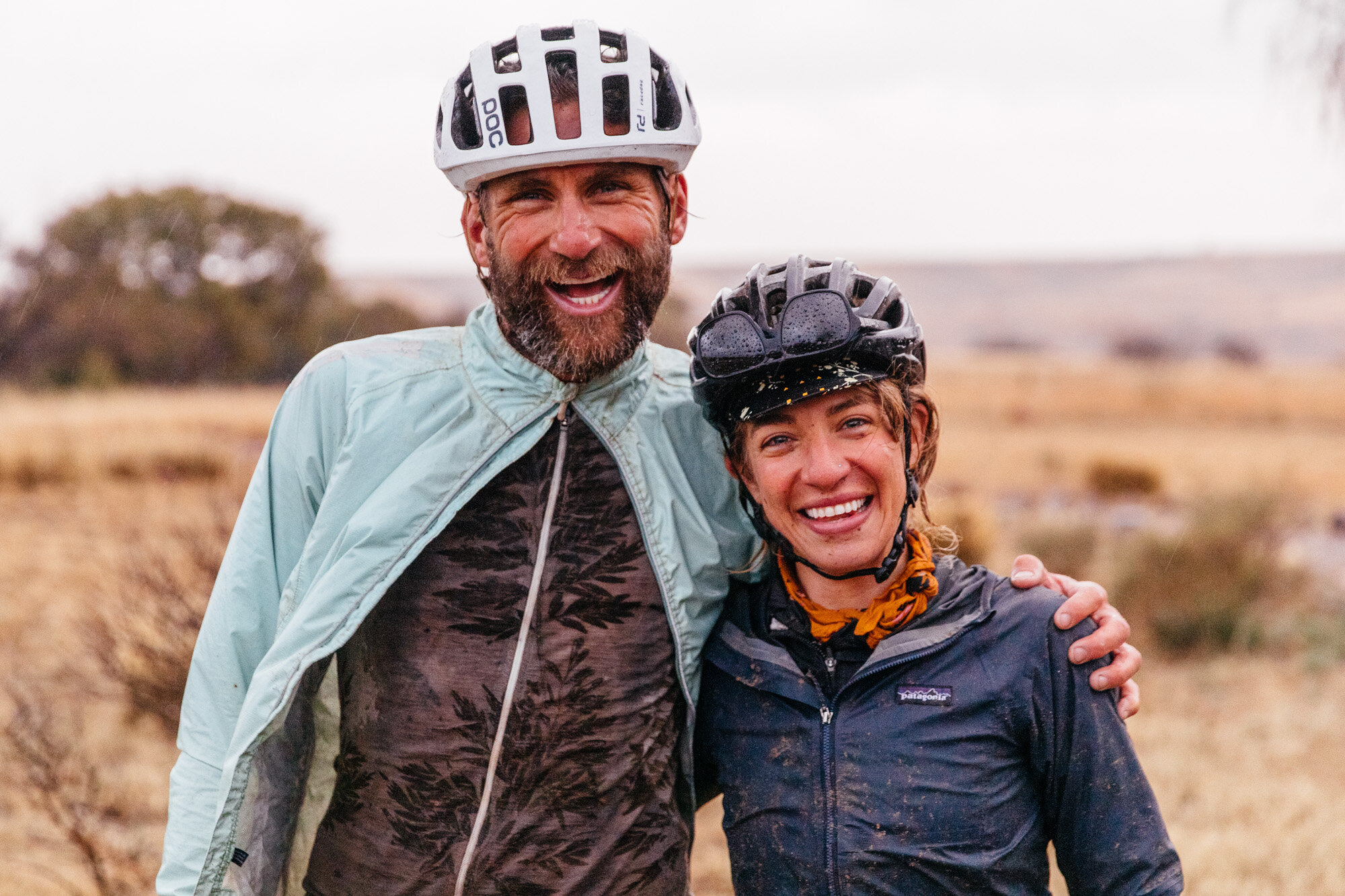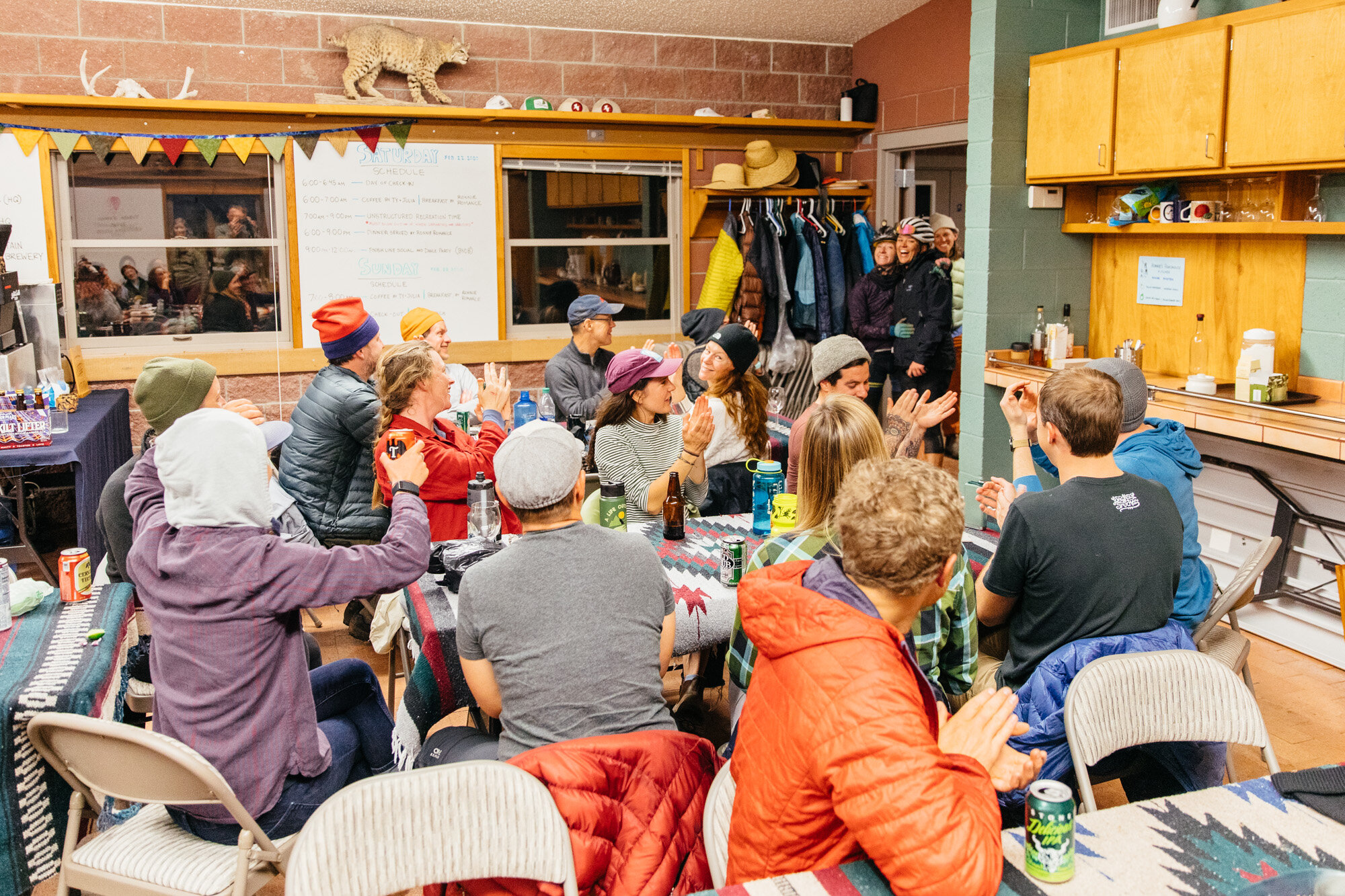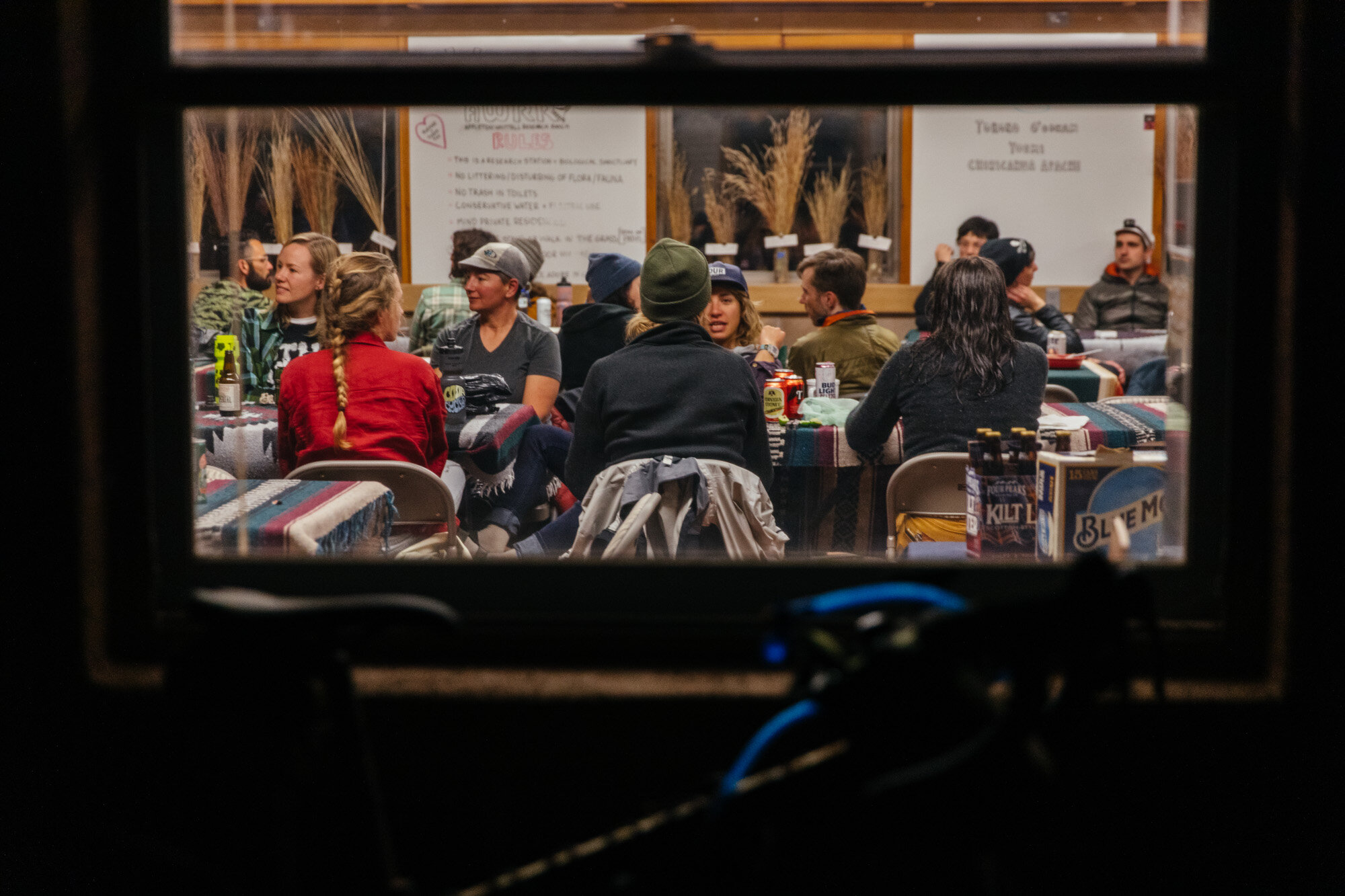Photos by John Watson, Gritchelle Fallesgon, Ronnie Romance, Adam Gaubert, and Sarah Swallow
In the second half of 2020, I started making a concentrated effort to remove the things in my life that have been draining me and to move toward the things that inspire me. I ponder this because I pedal a fine line between making my passion feel like work and my work feeling like my passion (I am always striving for the latter). When I thought about the things that inspire me I thought of one place in particular; The Appleton-Whittell Research Ranch (AWRR) in southern Arizona.
The AWRR is an 8,000-acre conservation research station that is managed by the National Audubon Society. AWRR resides on the unceded ancestral lands of the Tohono O'odham, Yoemi, and Chiricahua Apache in what is now Elgin, Arizona. It is situated 60-miles south of Tucson, 20-miles north of the Mexico/US border, and an hour’s drive from the nearest grocery store. This land was used as a working cattle ranch for over 100 years until 1968 when the Appleton Family converted the land into a research facility to serve as a reference area and control site to evaluate large-scale land use, such as the impact of livestock grazing. At this time, grazing on the property stopped and as a result, the native grasslands and riparian marshlands were slowly restored. With their rehabilitation came a habitat for hundreds of species of birds, reptiles, amphibians, insects, and mammals. In the summer, when the grass is green and the water flows, the ranch hosts researchers who come to study the climate, soil, hydrology, and the various species that migrate to and from the ranch.
I stumbled upon AWRR back in the winter of 2017/2018 when I was developing the Sky Islands Odyssey Route Project. That winter I had visited southern Arizona on seven different occasions to test ride portions of the routes. The final segment to be sorted was a way from the San Raphael Valley and Canelo Pass to Las Ciennegas National Conservation Area while avoiding the higher trafficked paved roads and the residential areas surrounding the towns of Sonoita and Elgin. Without knowing that AWRR is closed to the public and gated at both ends, I had routed a promising connector through the ranch. Sure enough, when my friend Ron (Ultraromance) and I went to test the connector we came upon a gated fence with a private property sign. What was different about this sign was that there was a phone number printed on it. So with one bar of LTE, I dialed the number and Cristina Francois, who had taken over the ranch as the director only a couple of months prior, answered the phone. Cristina ended up driving to the gate to meet us. She was the most cheerful, welcoming, and pleasant person I have ever met on the other side of a locked and signed gate. At the time she seemed open to the idea of allowing cyclists to pass through the ranch, so we exchanged contact information, and a slow yet steady email chain of creating a system to allow cyclists on the ranch for the first time in its history began. After permission was granted for bikepacking access, Cristina and I started collaborating on hosting Ruta del Jefe and a couple of small cycling camps. Three years later, between bikepackers passing through during their ride on the Sky Islands Odyssey routes, Ruta del Jefe attendees, and groups of cyclists who have started to come for overnight stays and day rides from the ranch, AWRR has seen 600 cyclists earning them an income of $15,000. The ranch earned more revenue from cyclists in the month of February 2020, than they typically do throughout their entire research season. During an otherwise slow winter season at the ranch, cyclists have added a new source of energy, exposure, and income to the ranch at the intersection of conservation and recreation. While a lot of those funds are needed for maintaining the facilities, the AWRR would like to invest those funds in making the ranch more accommodating to cyclists in the forms of educational signage, trails, maps, and scholarships.
To me, AWRR is one of the most magical places I have been to. There is no cell signal, limited wifi and its remote location and limited distractions force one to be immersed in books, binoculars, wood fires, nature, its elements, and all-around views. I love the feathery yellow grasses that are as tall as I am, the majestic view of the Mustang mountains; the orange dirt of the rocky double track roads that wind and roll throughout the property; the dry yellow leaves of the large cottonwoods that blow in the wind and sound like water flowing in a stream; and how, at sunset, the grass turns to gold, the mountains turn purple, and the sky transitions from shades of cotton candy to the east and fire and brimstone to the west. There are the old ranch houses; filled with their own quirks, creeks, lizards, and libraries of books about the surrounding region; and then there are the people who run and live on the ranch; Cristina, Suzanne, and Ben who are some of the warmest, most generous, and humorous folks I have ever had the pleasure to collaborate with. Out of all the places I have traveled to, the AWRR has been the one place that keeps my attention, inspiration, and my intrigue high any time I am here or away.
So naturally, when I thought about moving towards the things that inspired me, I thought about this place. I emailed Cristina and proposed that maybe in the fall of 2021 I could come down and live at the ranch to develop more cycling and educational opportunities and she responded, ‘why wait until 2021?’ So now I am here, Adam along, for the duration of the winter and some of the spring. Due to the extremely high cases of Covid in the area, hosting bikepackers, events and cycling groups have been put on hold. In the meantime, I’ll be here getting to know all the nooks and crannies of the ranch and the surrounding region to assist in the ranch’s vision to accommodate cyclists with their conservation work through signs, maps, trails, signage, and scholarships. My first project is to create a cycling map to make the riding more accessible and educational to the pedaling, researching, and bird-watching visitors of the AWRR. The second is to assist in the development of a connected trail system on the ranch property. If you are interested in volunteering for any of this if/when Covid cases go down to safe levels, please get in touch (sarahjean.swallow@gmail.com).
This opportunity is a dream come true for me and I can’t wait to share with y’all some more stories about what I learn and do here at AWRR this winter.
A list of some of the critters Adam and I have been identifying from the Swinging H ranch house:
Acorn Woodpecker - we have a love-hate relationship with them. This is mostly because, on one hand, their plumage is vibrant and glossy; and their features are distinct. On the other hand, in such a remote quiet place, they make the sound of someone knocking on the door when they drill holes in the side of the house to store solitary birdseed. I am constantly jumping out of my seat or bed to answer the door until I realize it is just my neighbor, the woodpecker.
Pyrrhuloxia - the rockstars of the backyard.
Madrean Alligator Lizard - found this one inside the house, they scared the shit out of me.
Curved-billed Thrasher - a desert bird.
Javelina - There is a group of around five that we keep seeing with one cute little baby.
Coues’ White-tail deer - these are like the miniature horse of the deer world. They are very small and have a bushy white tail which can make them look like giant rabbits sometimes.
Pronghorn Antelope - North America’s fastest land animal. I don’t spot these from where I am staying but I have seen them on the boundaries of the ranch. I get very excited when I see pronghorn. They blend into the landscapes so well it creates an extra challenge to spot them.

